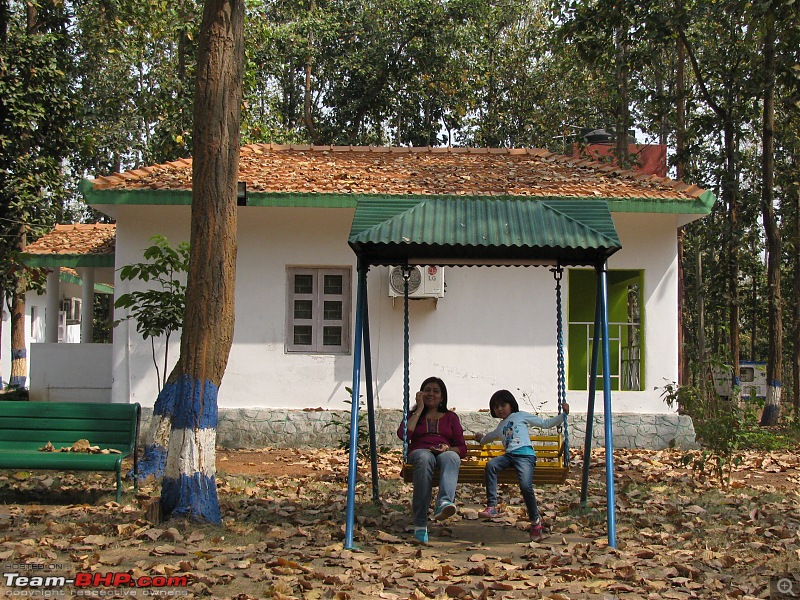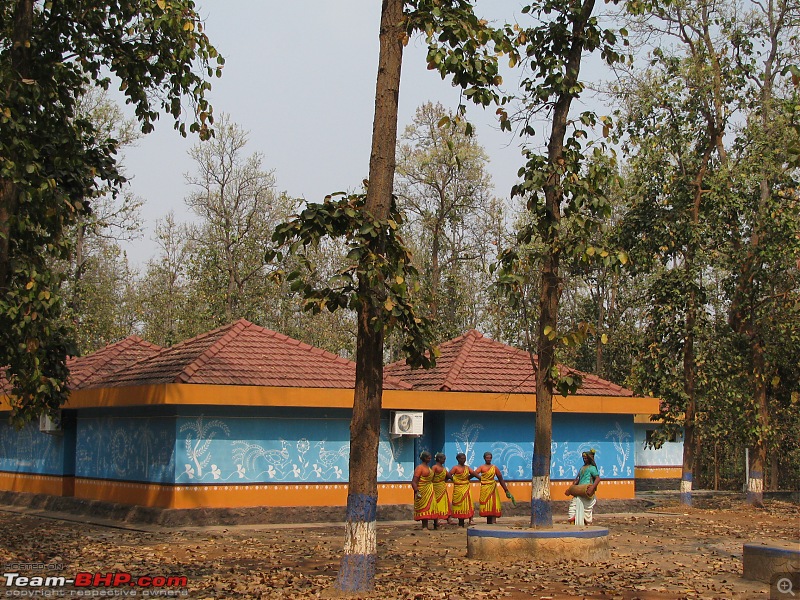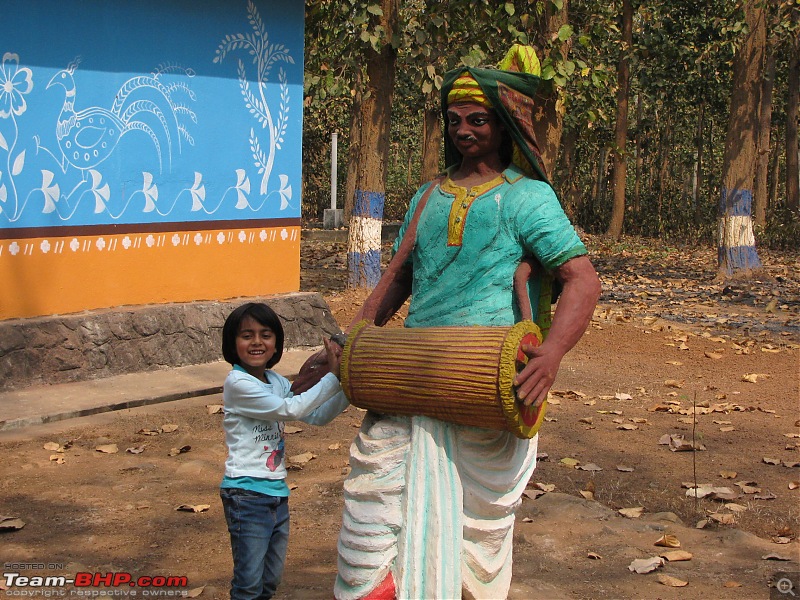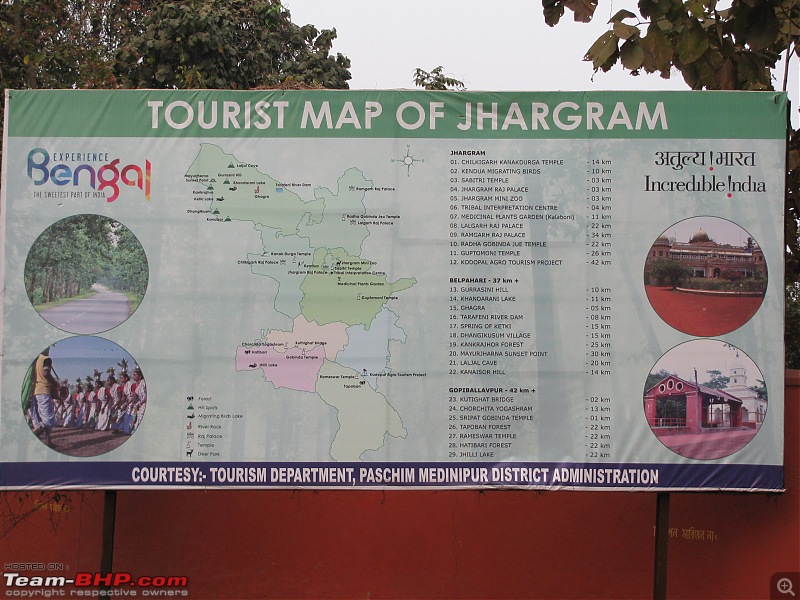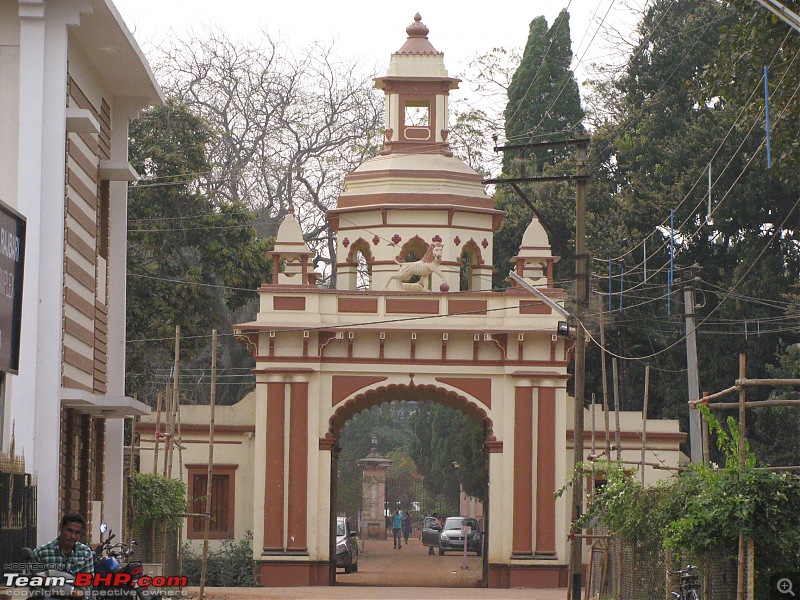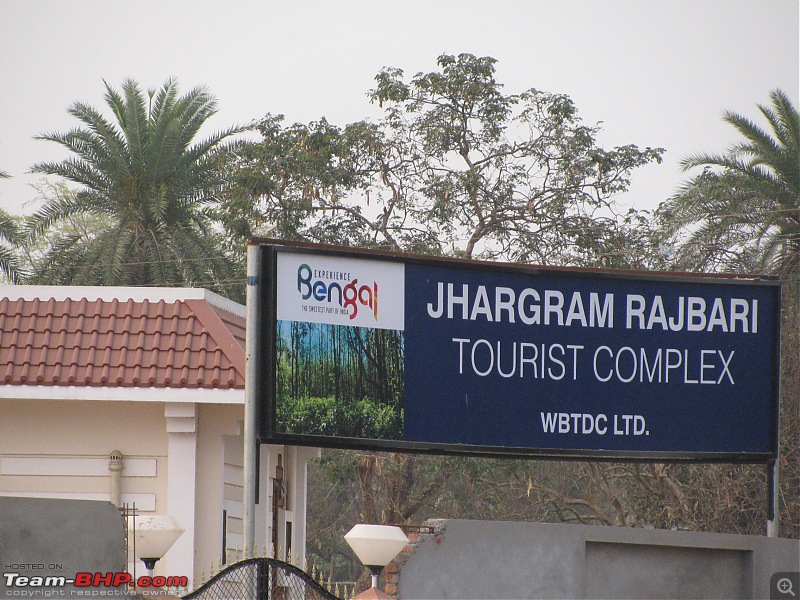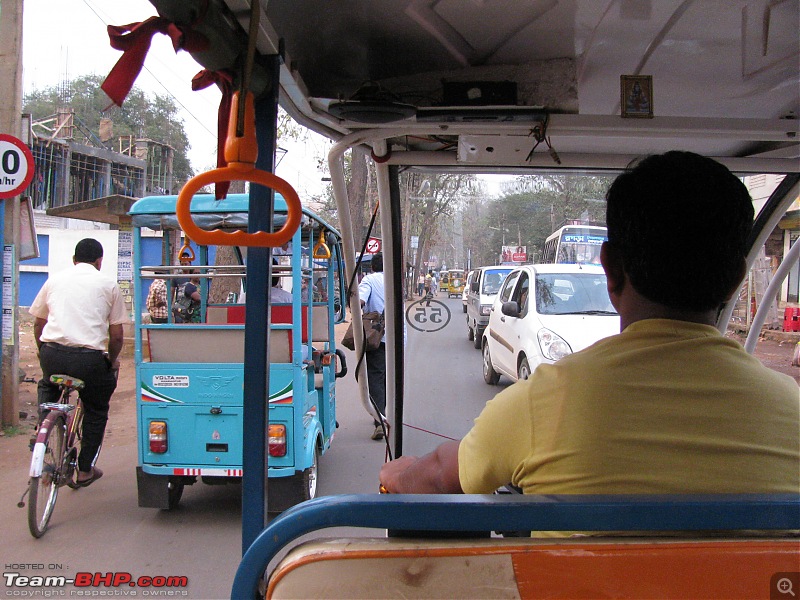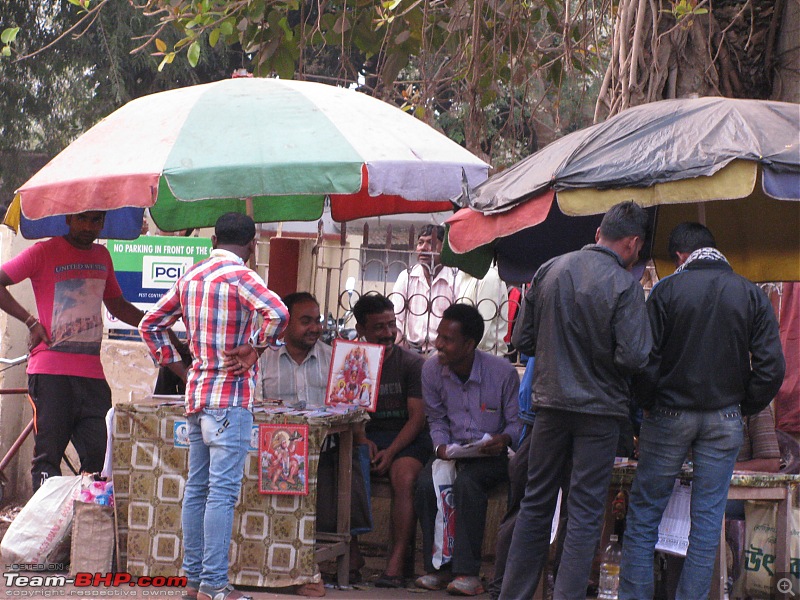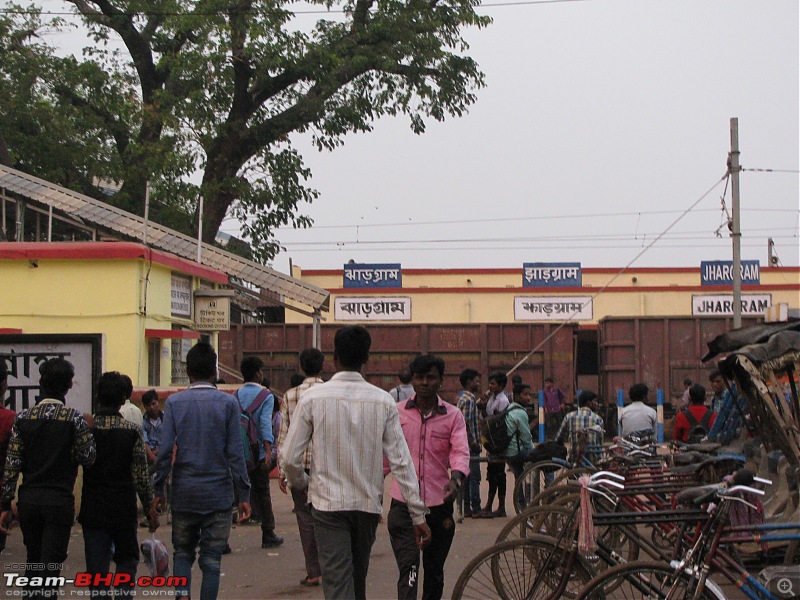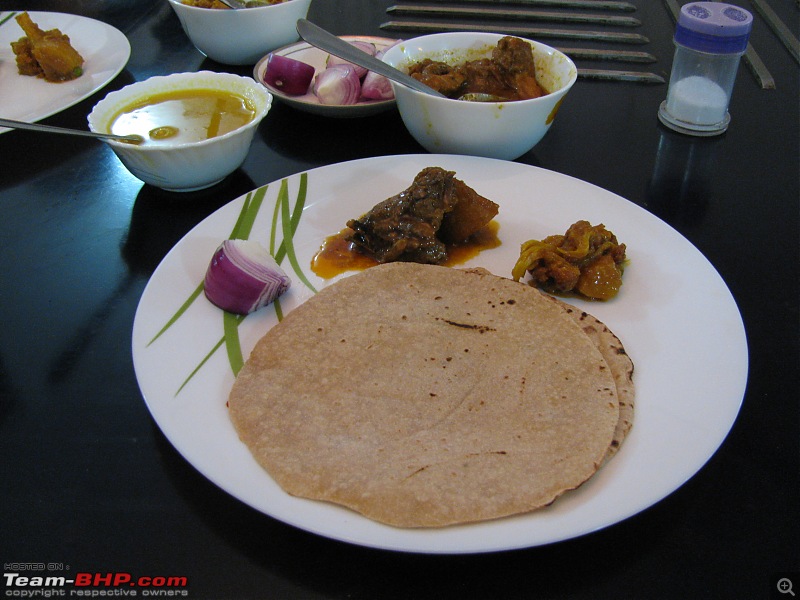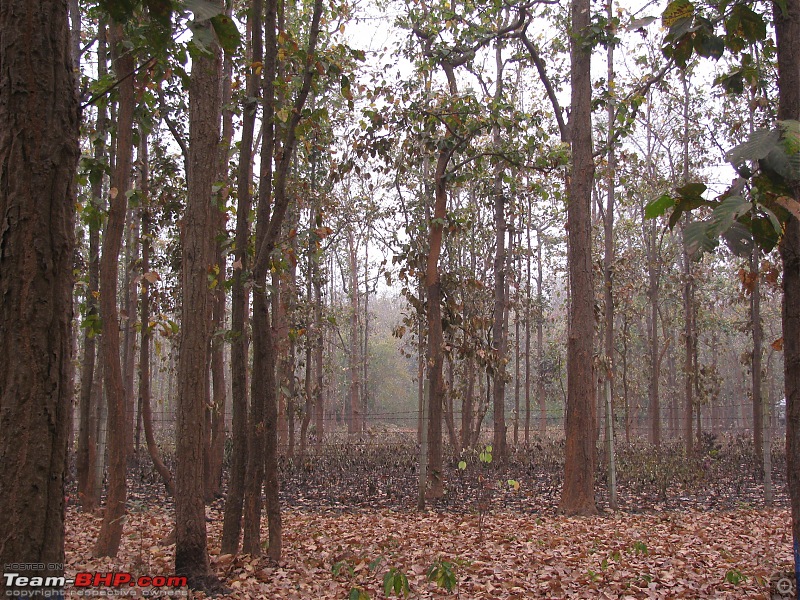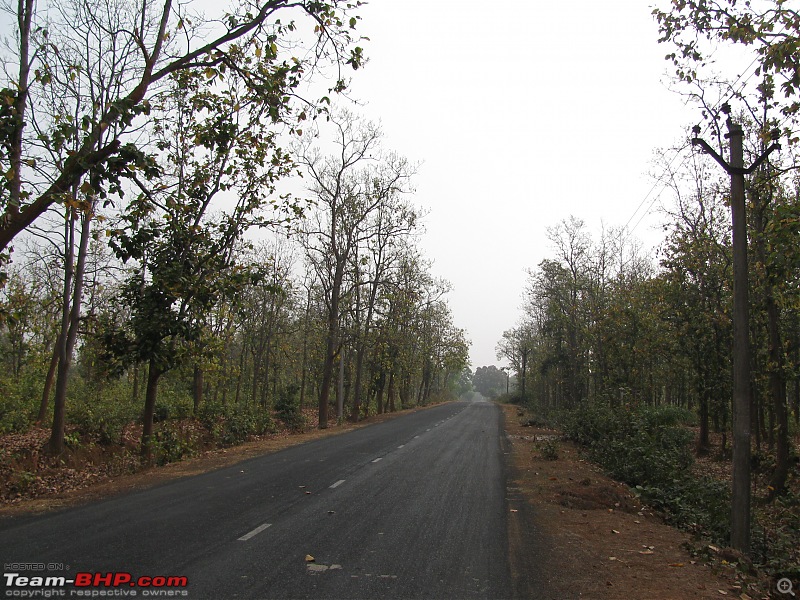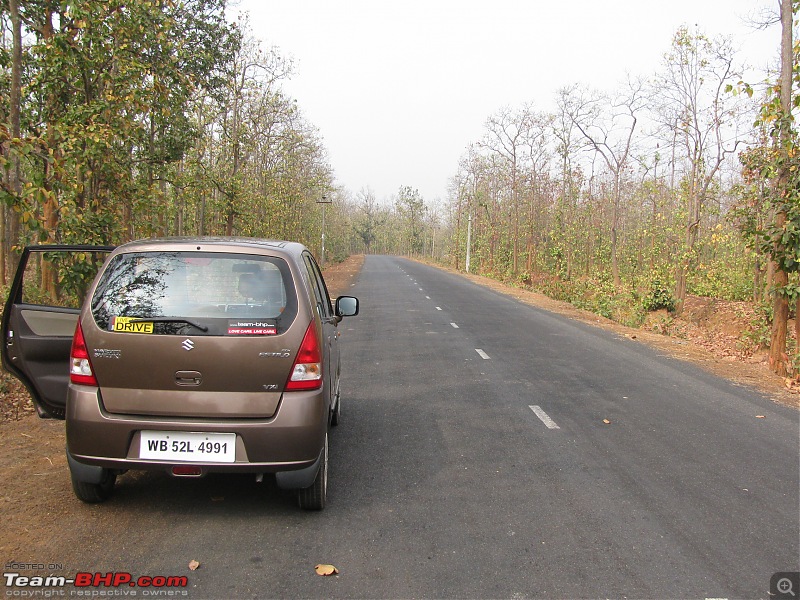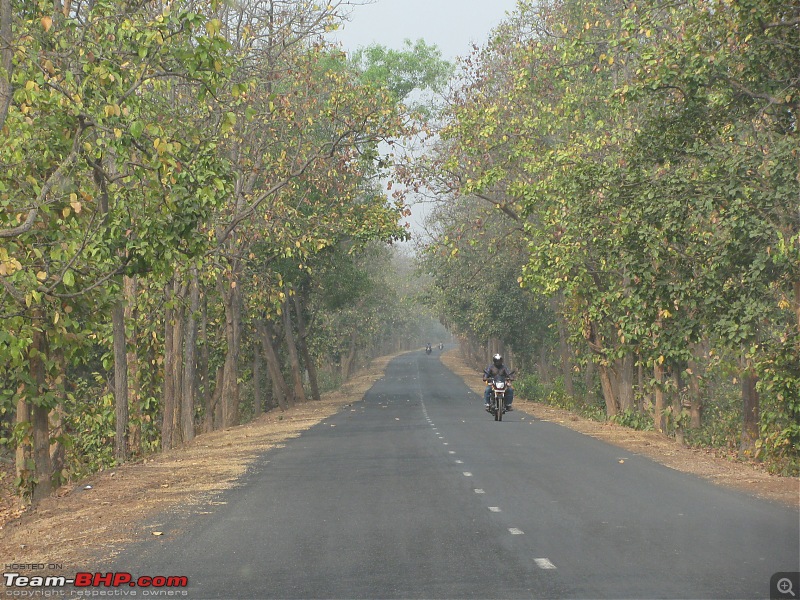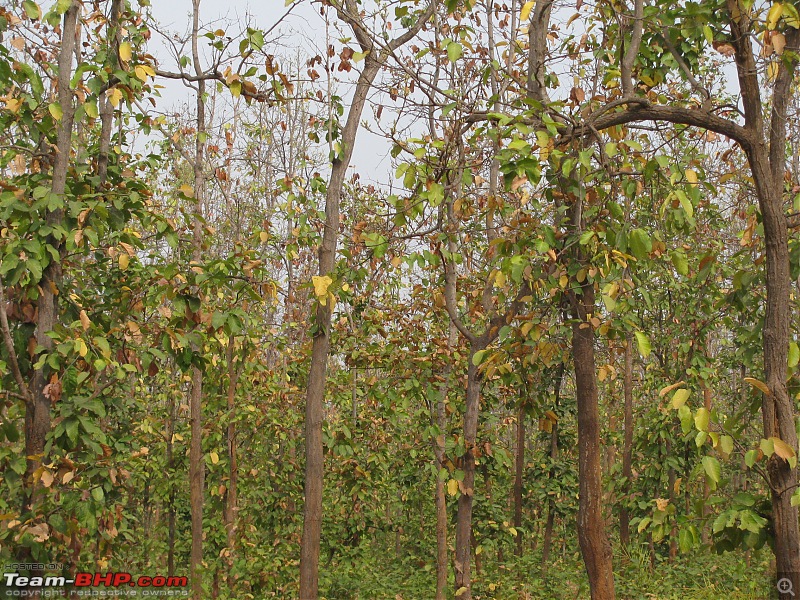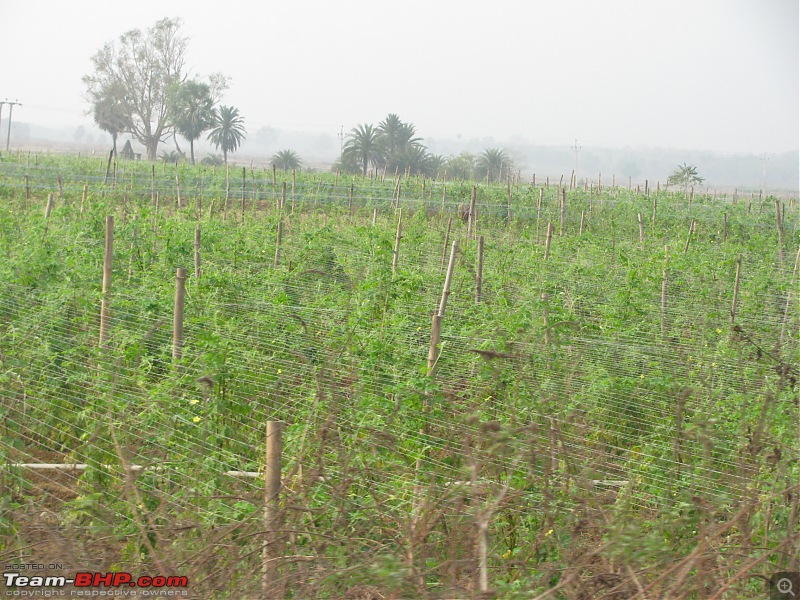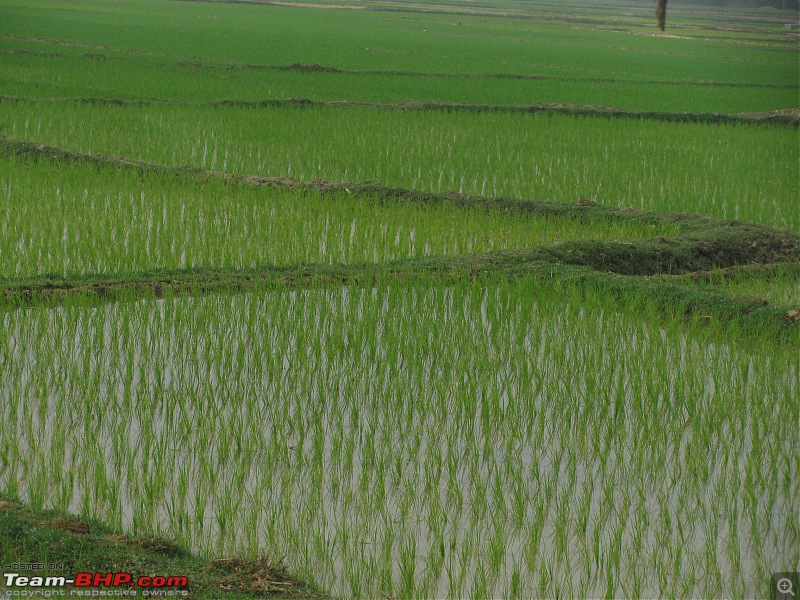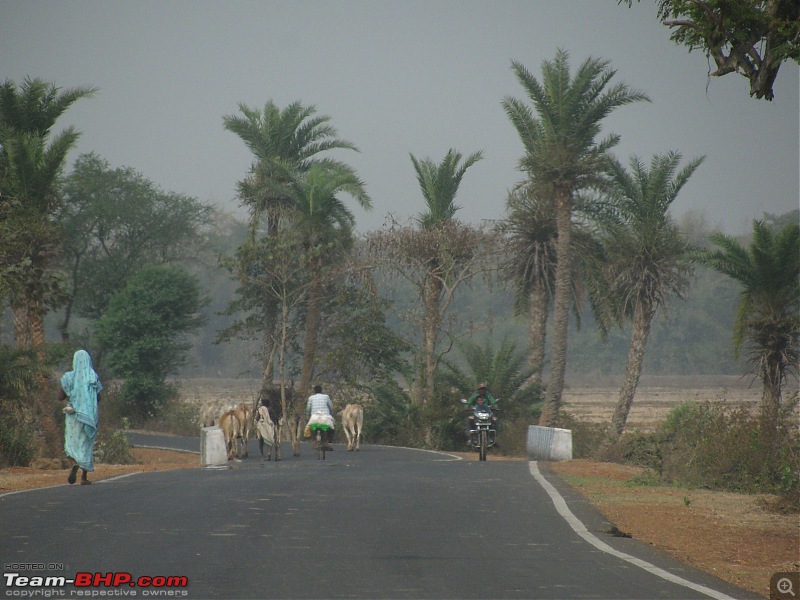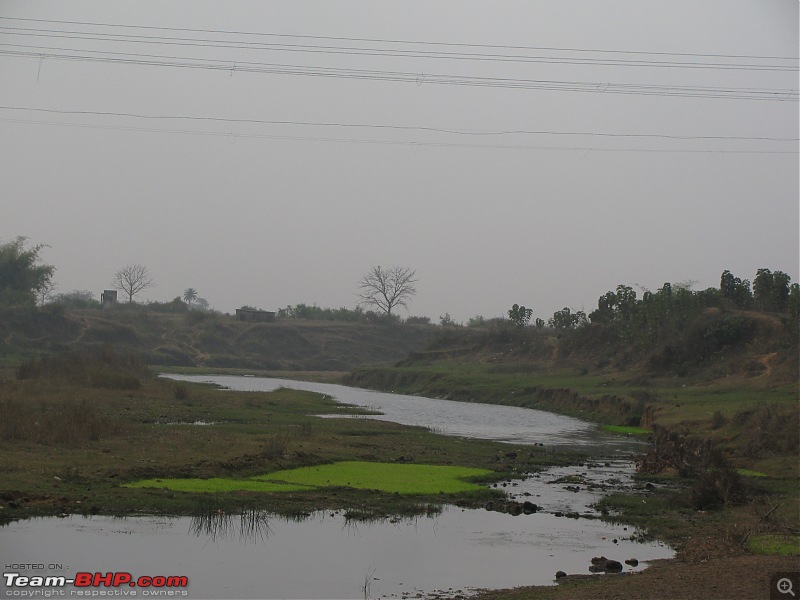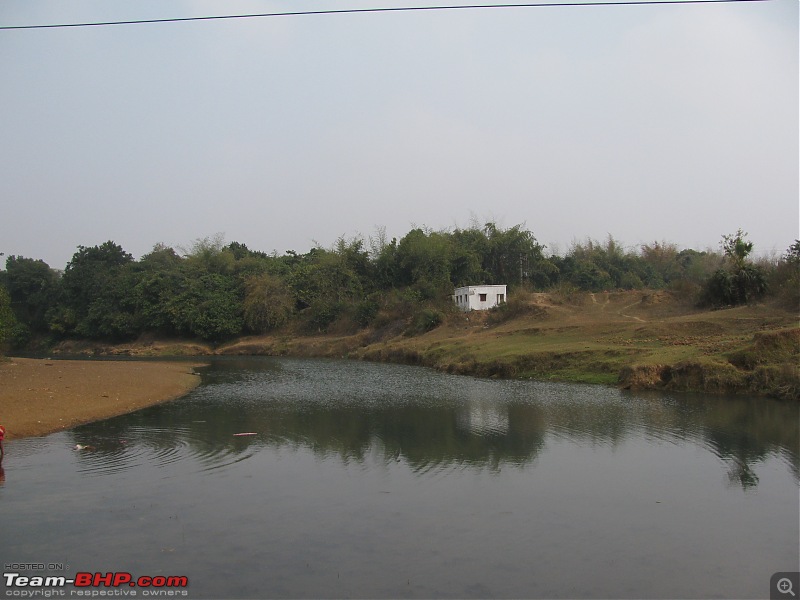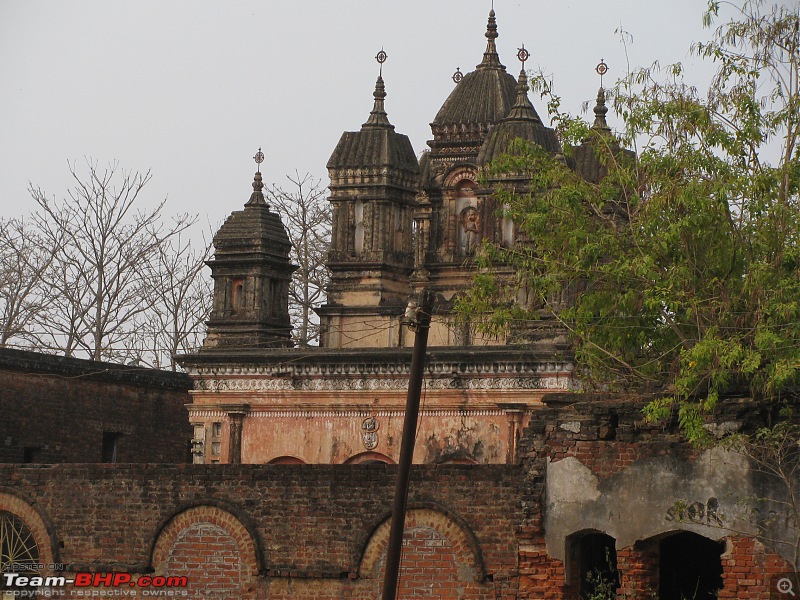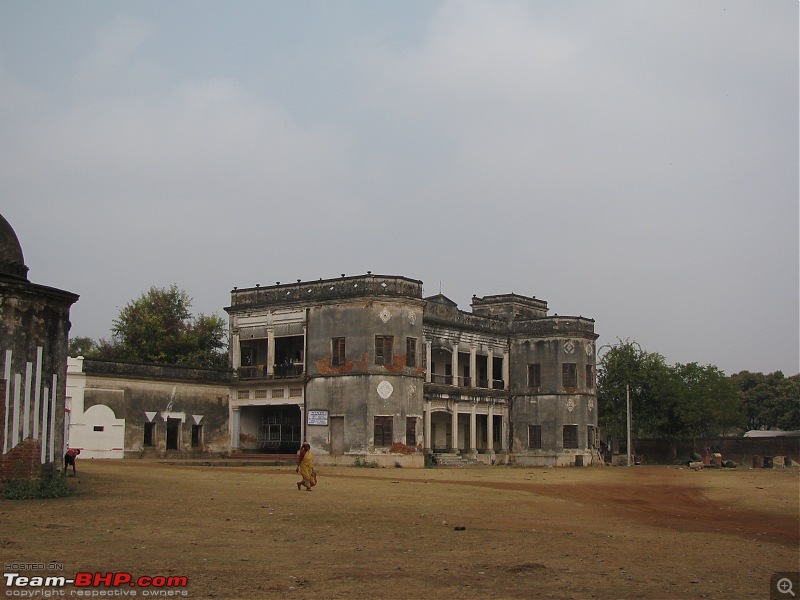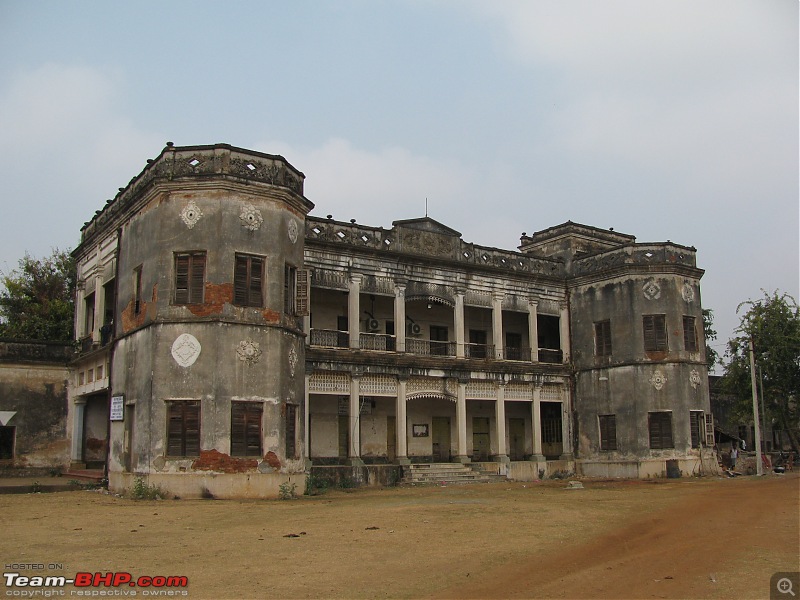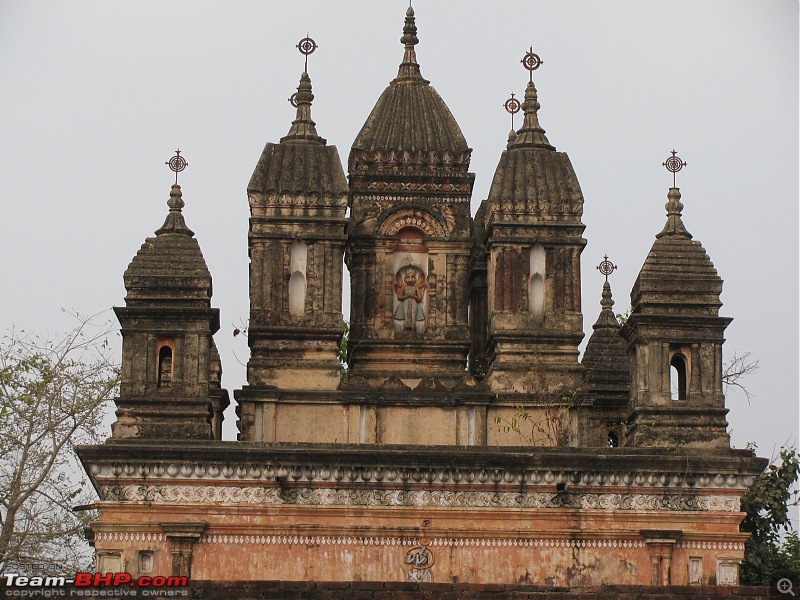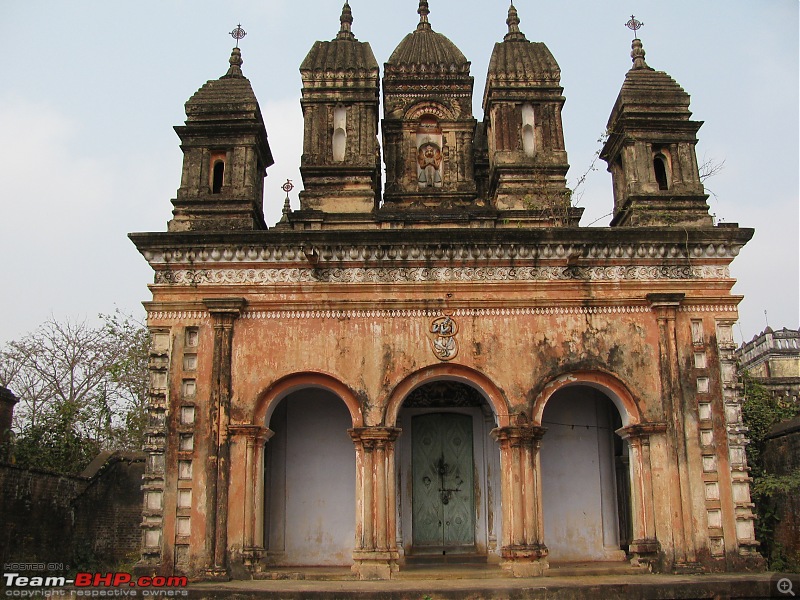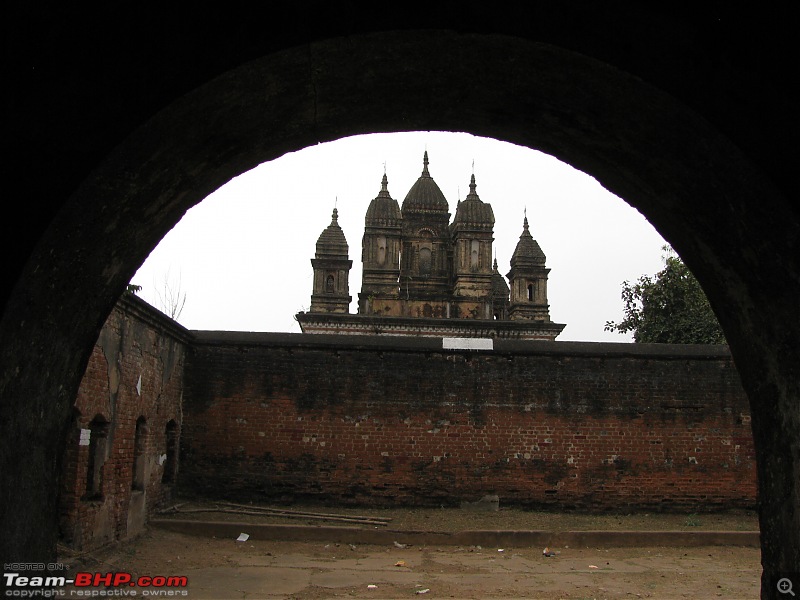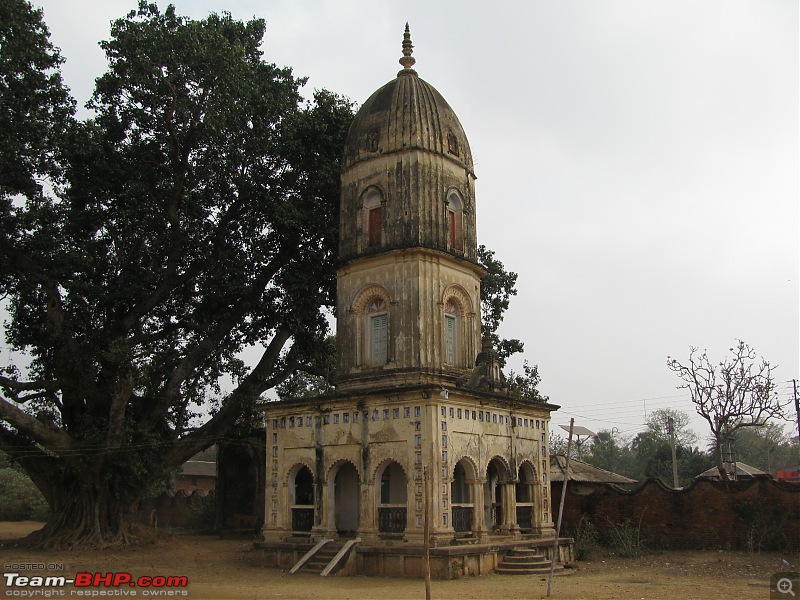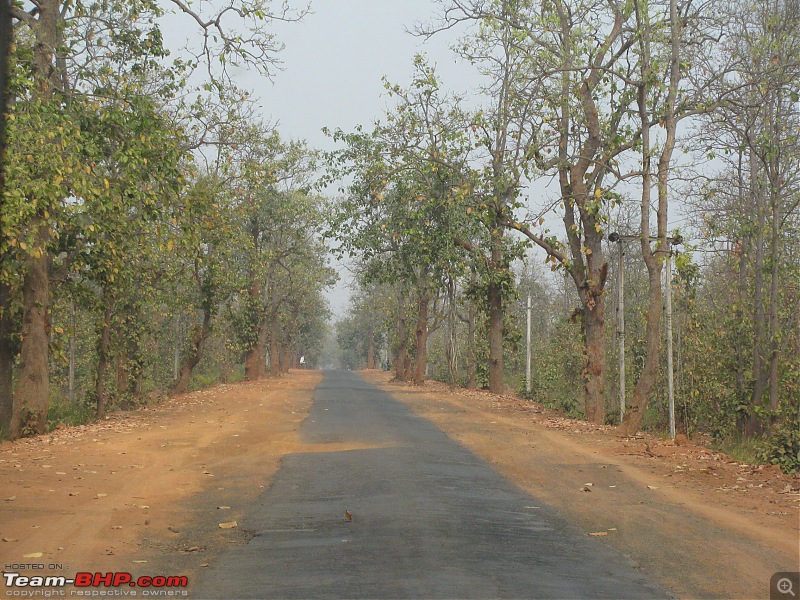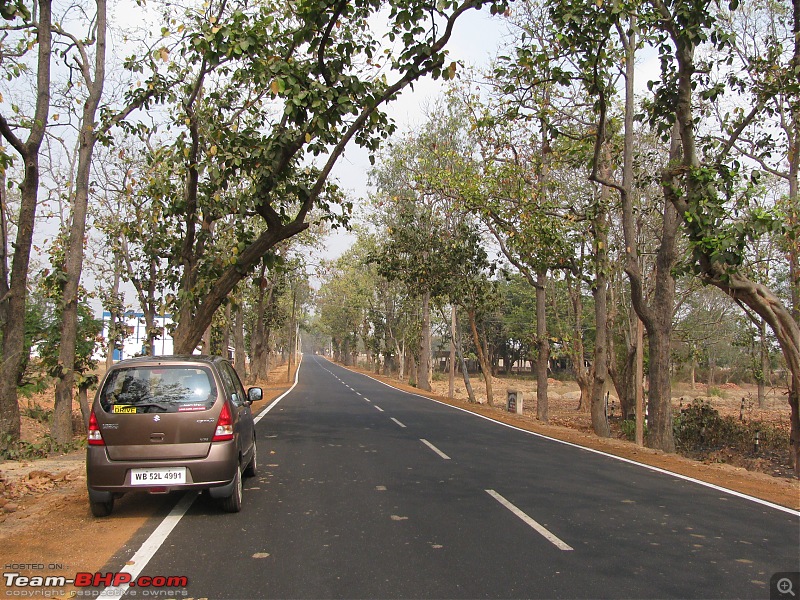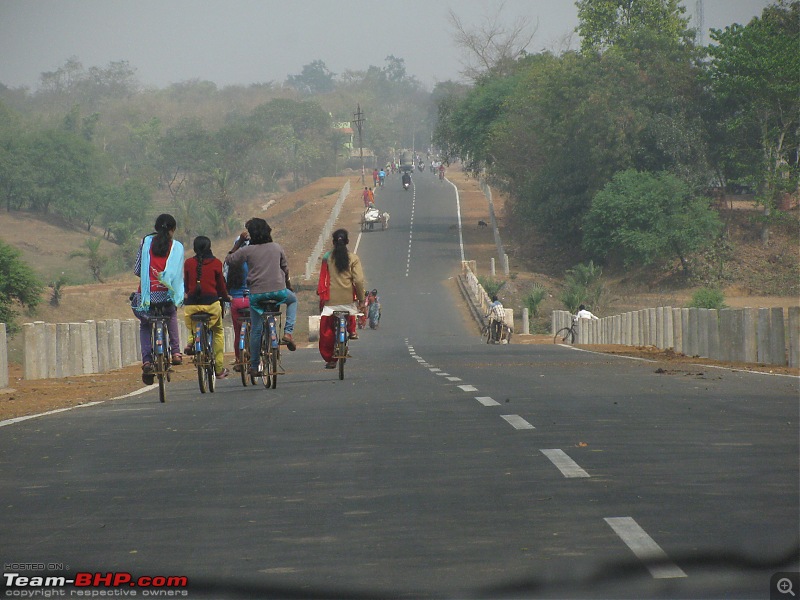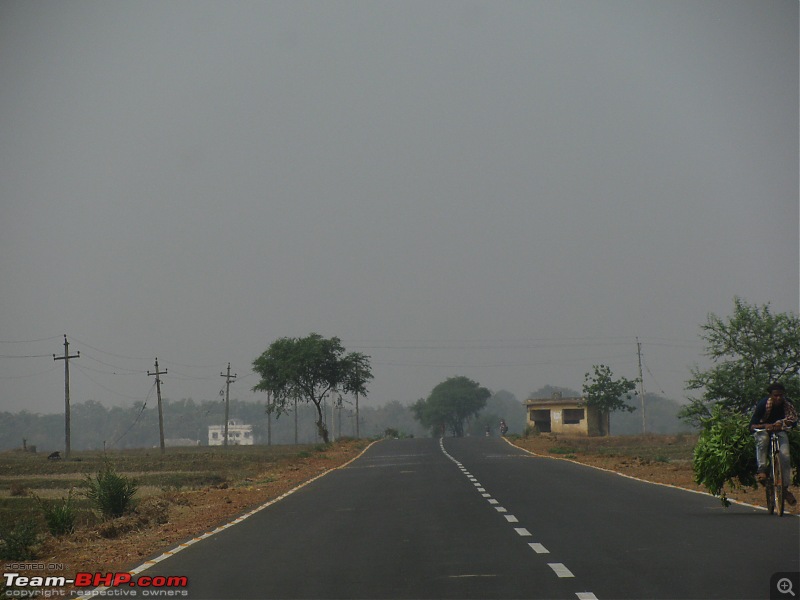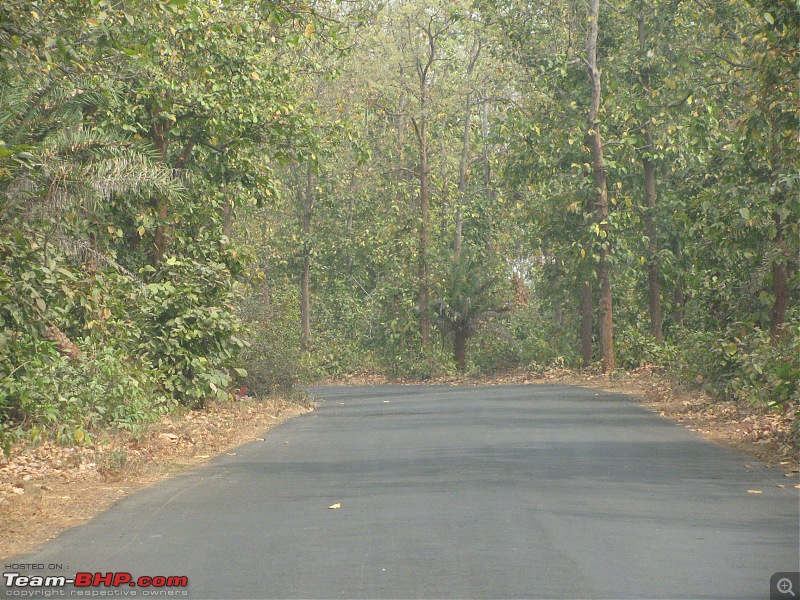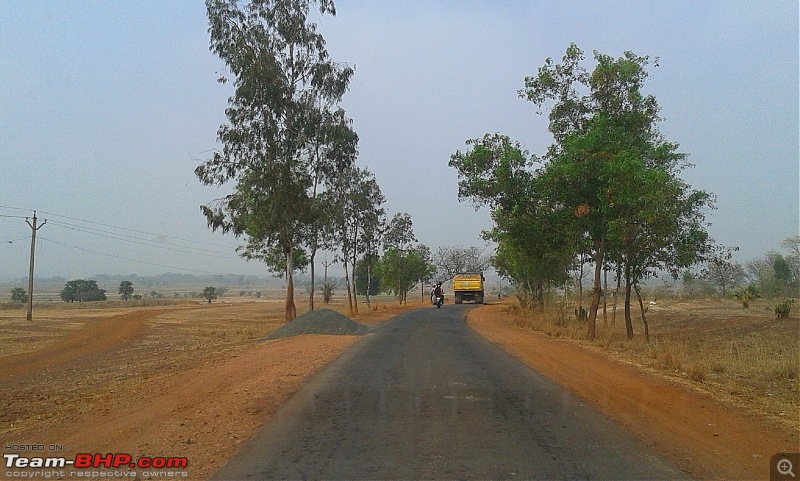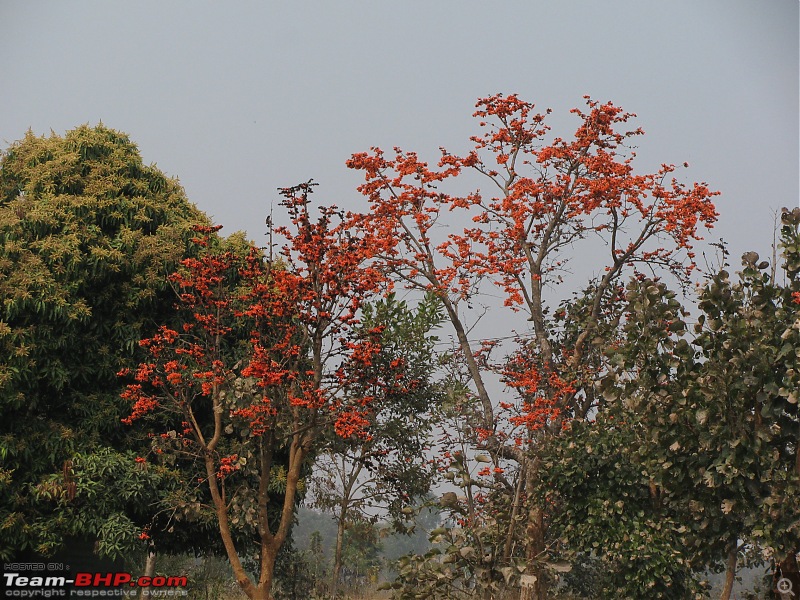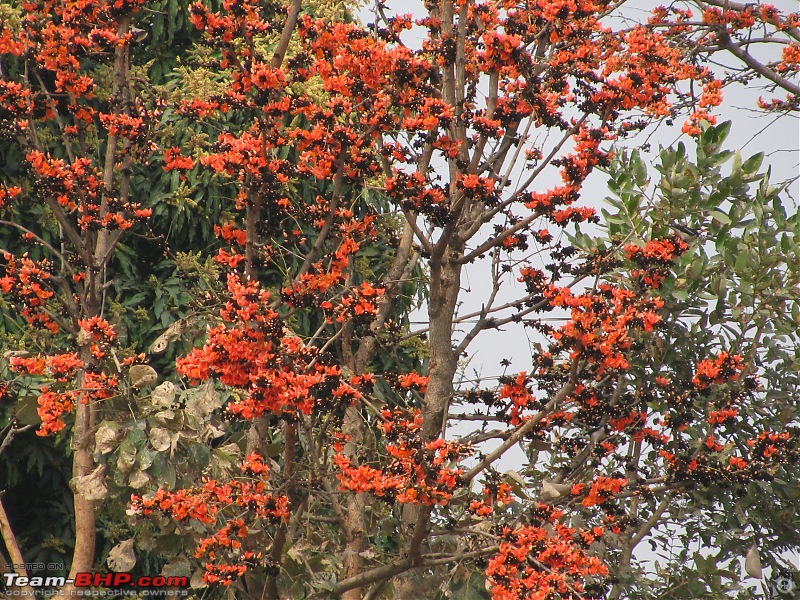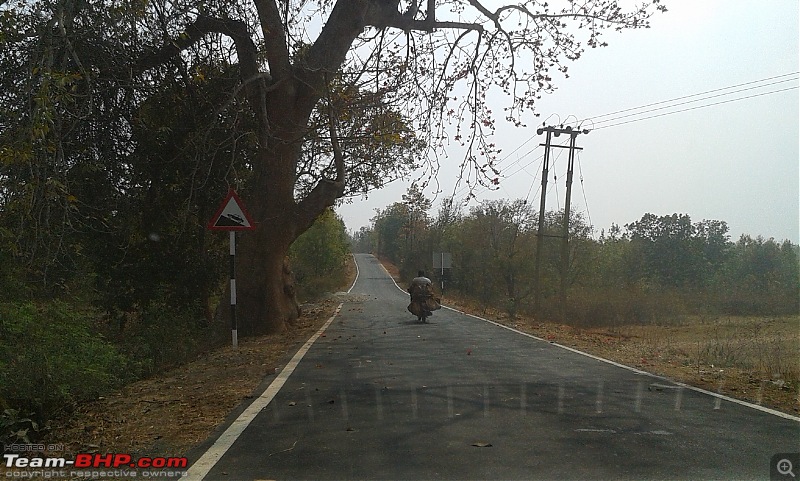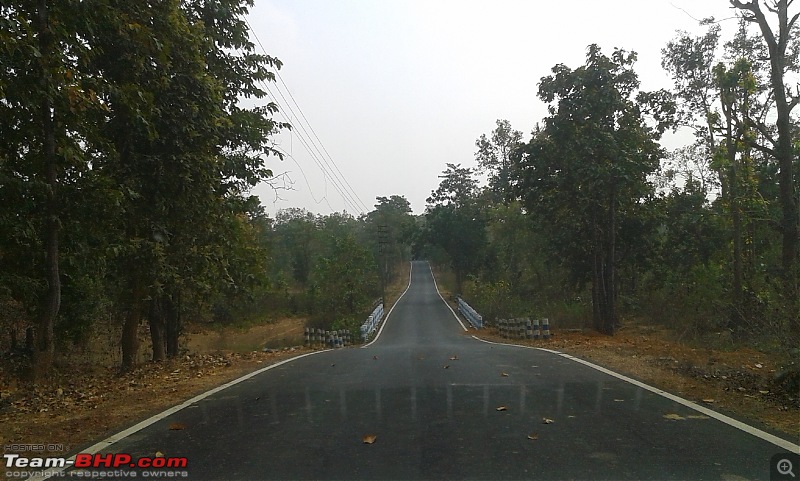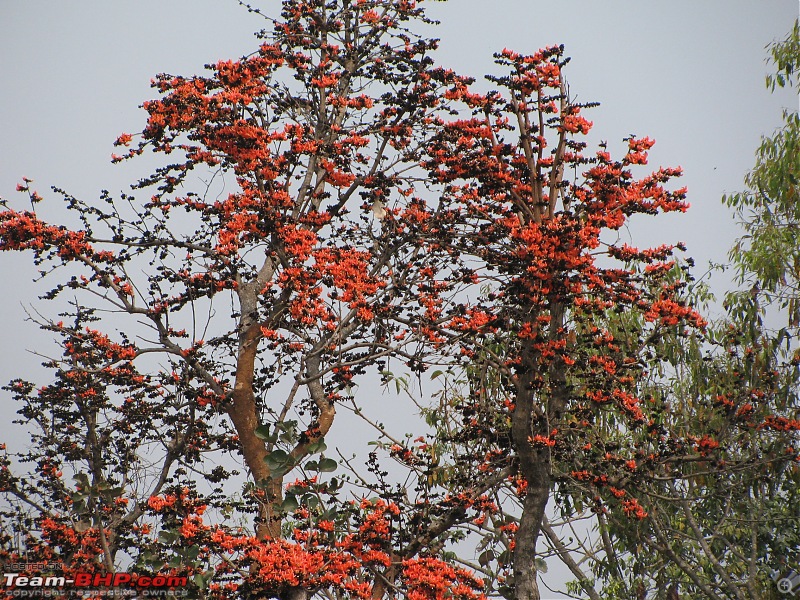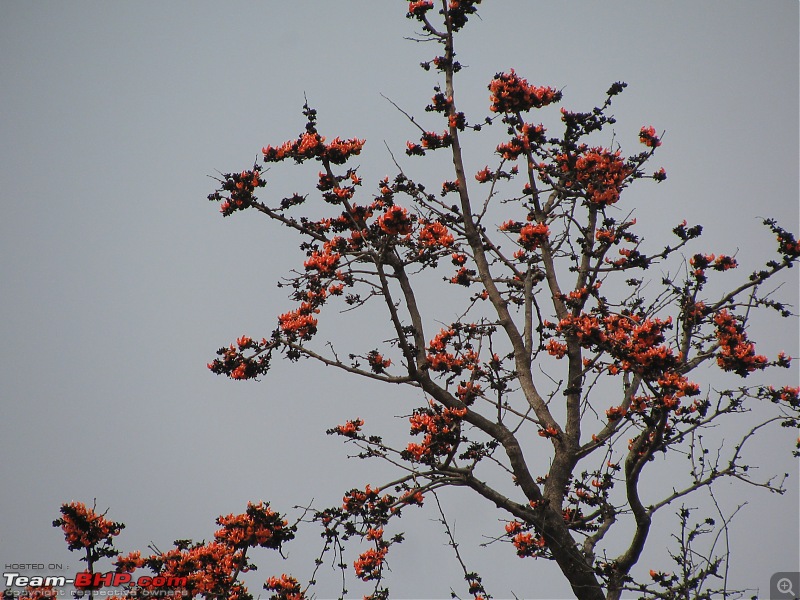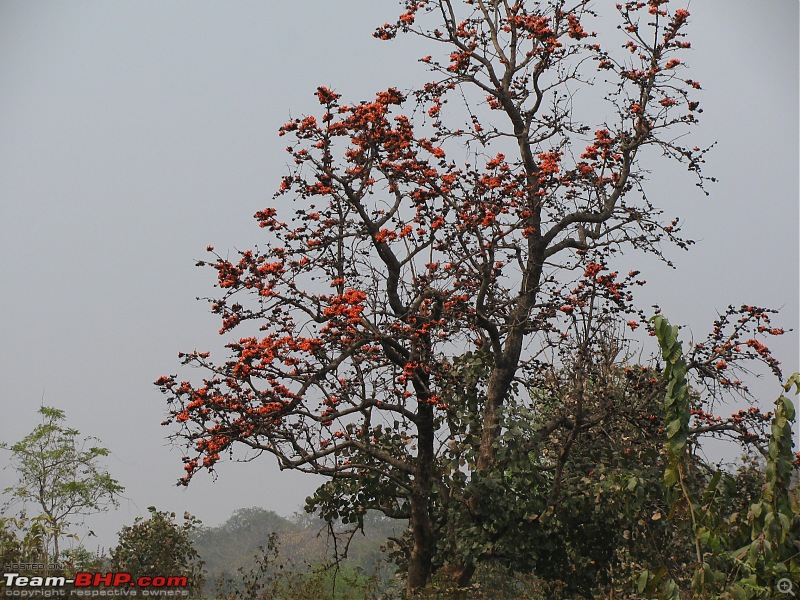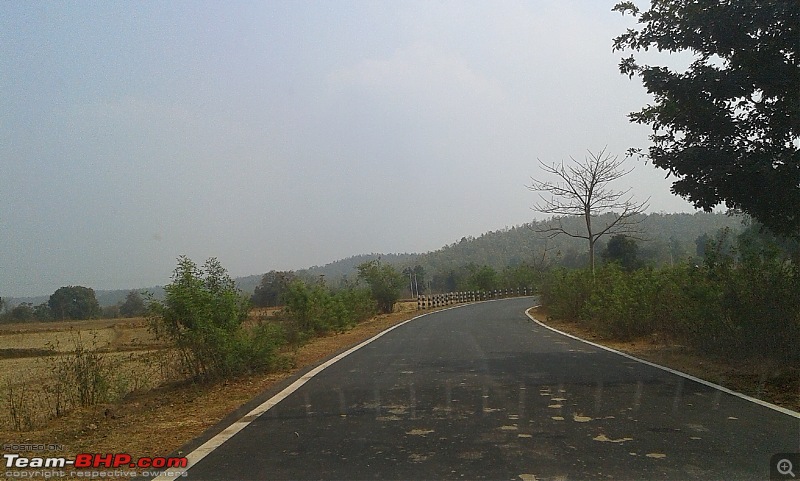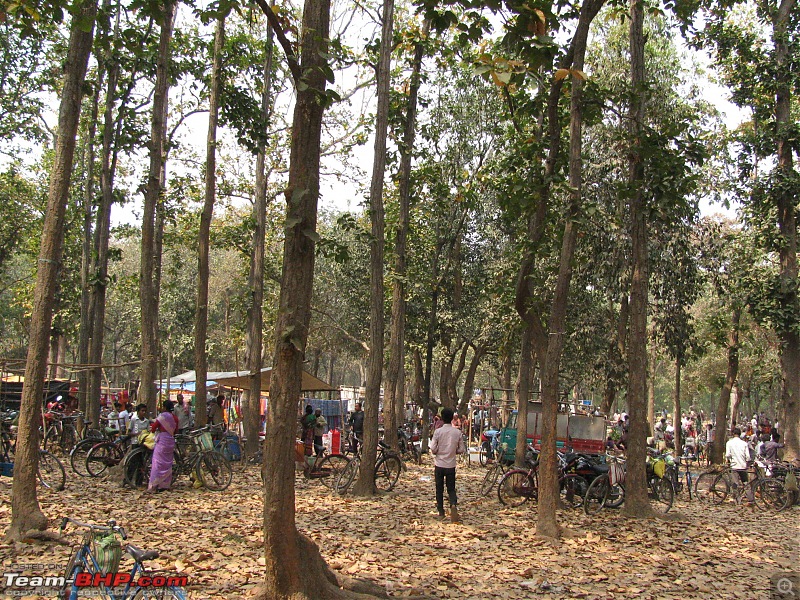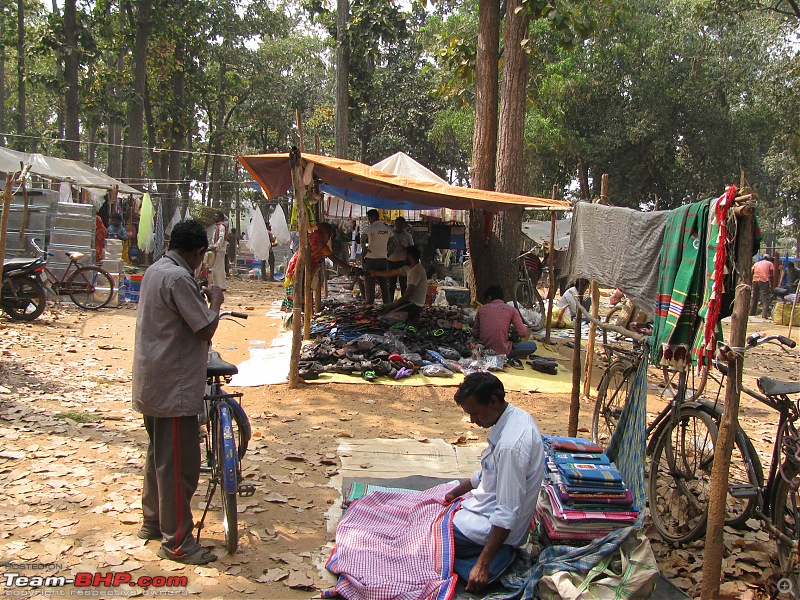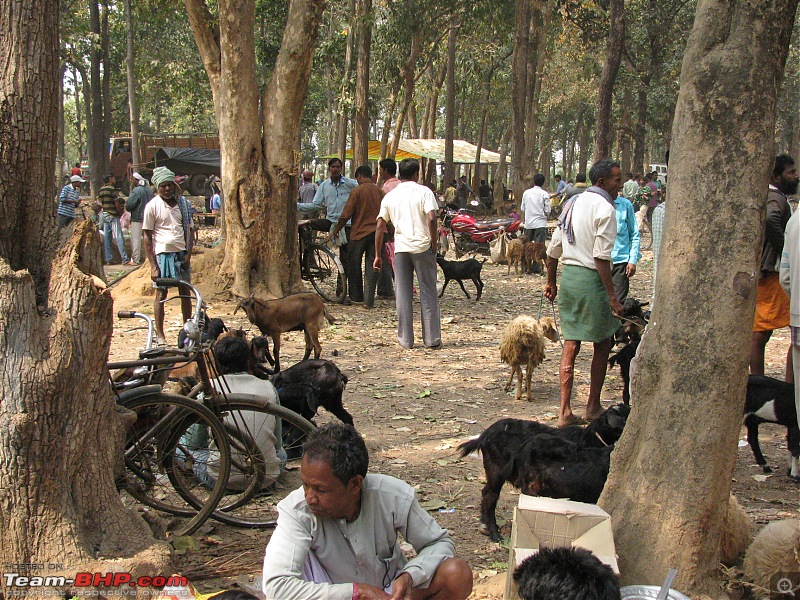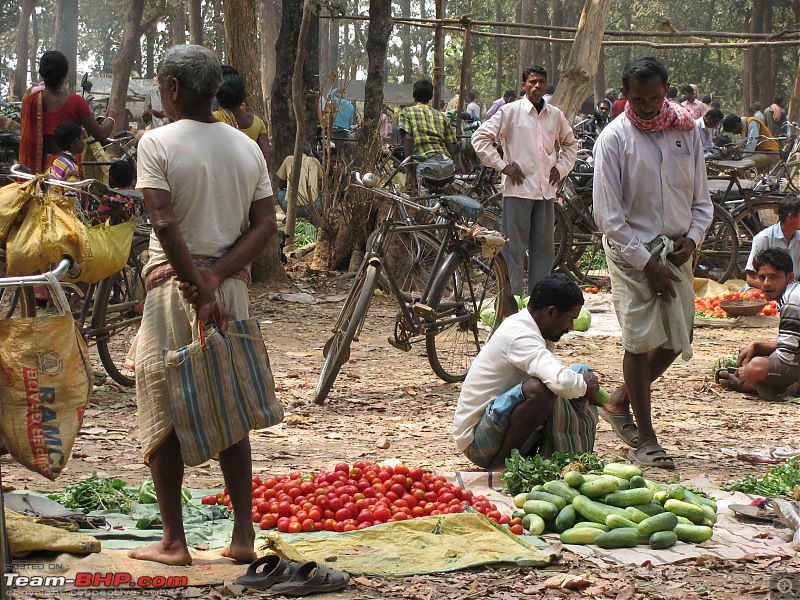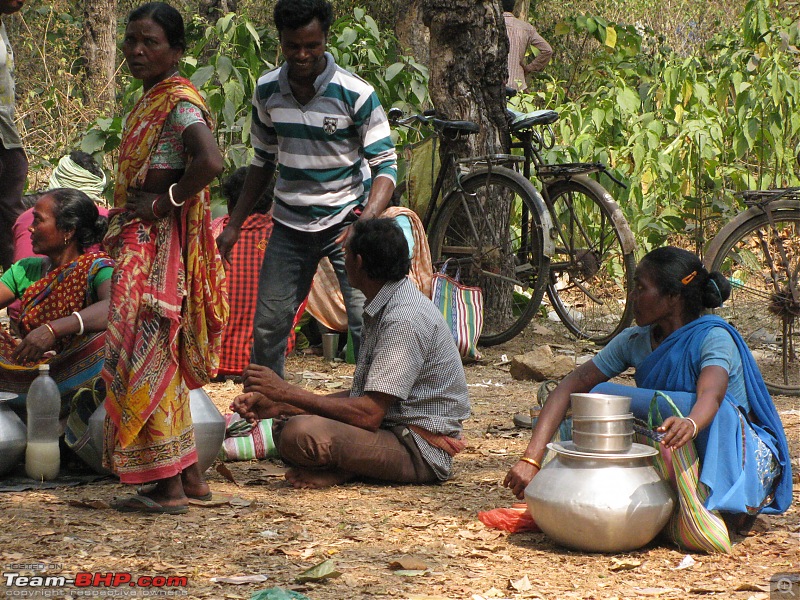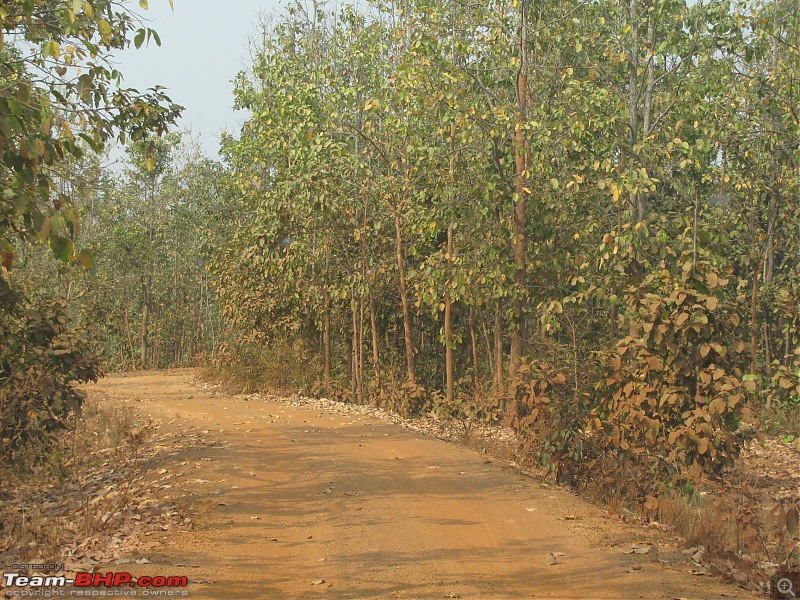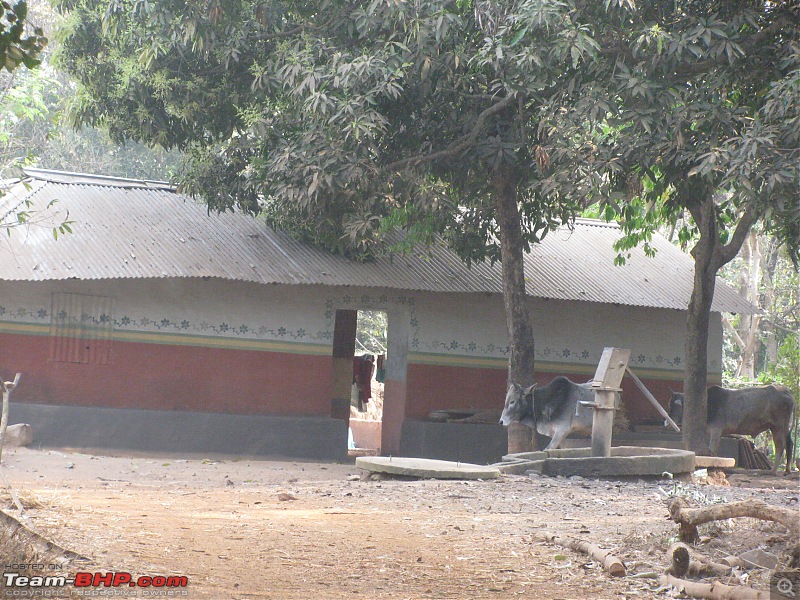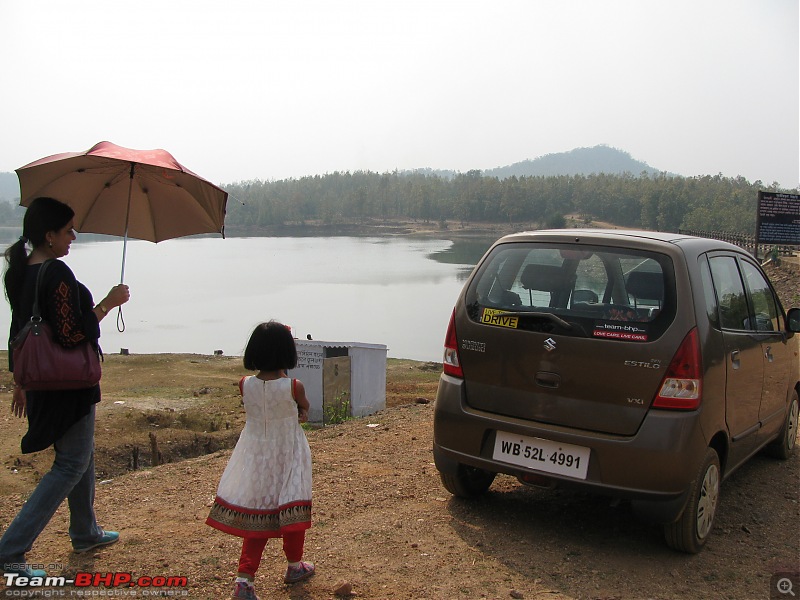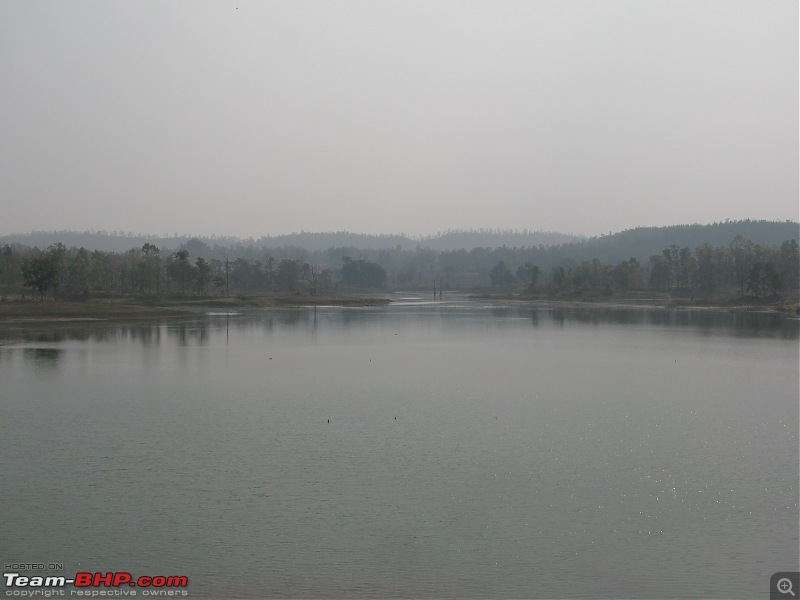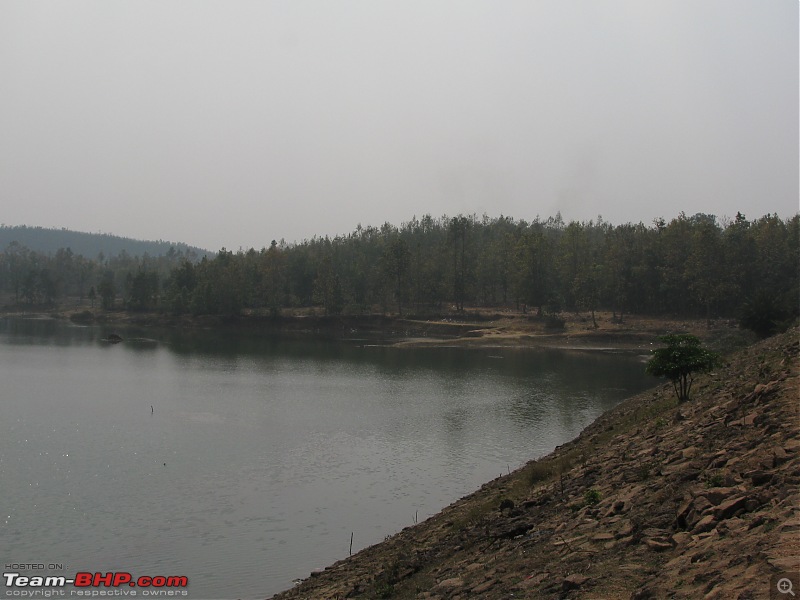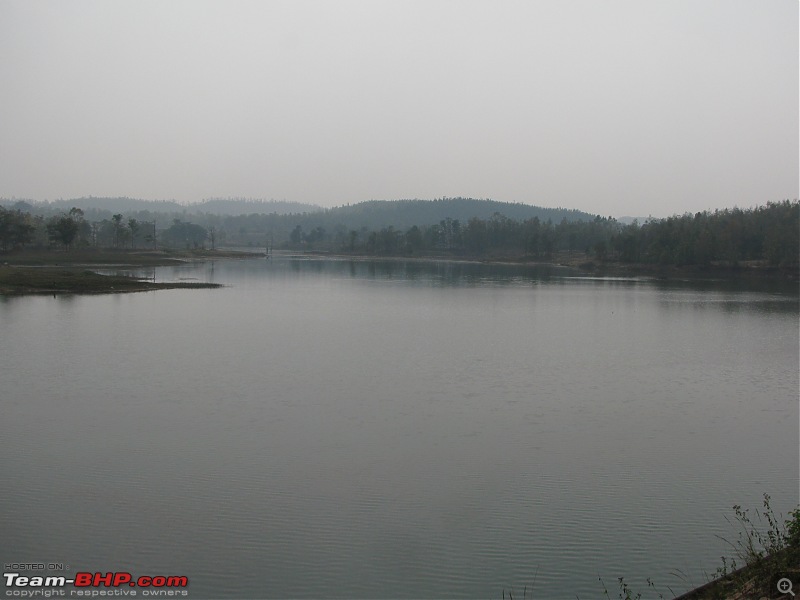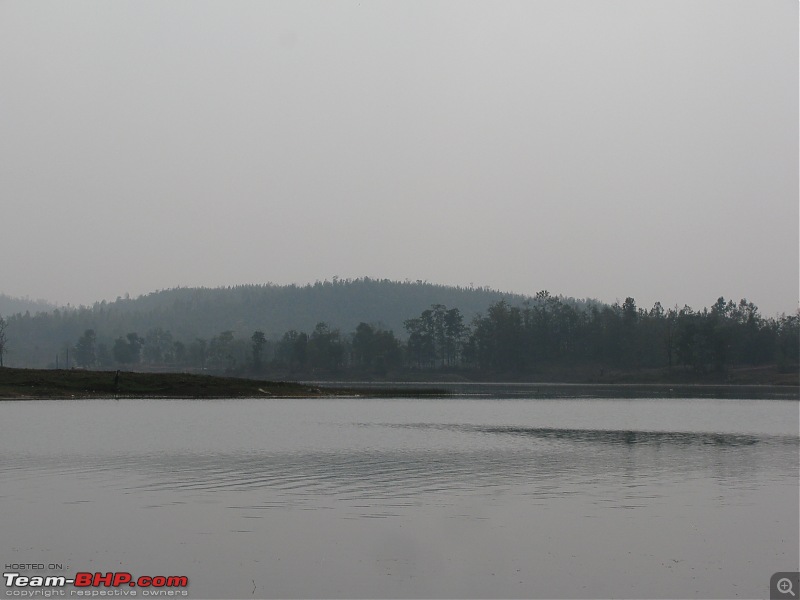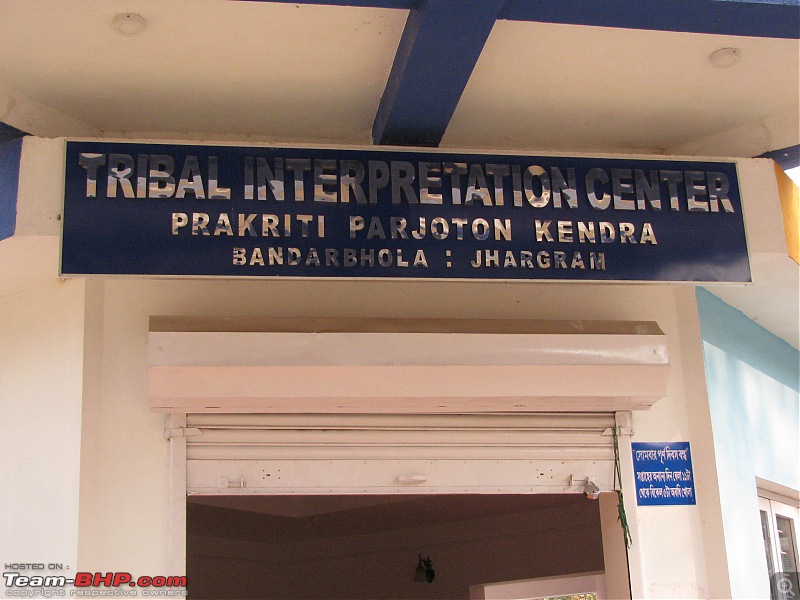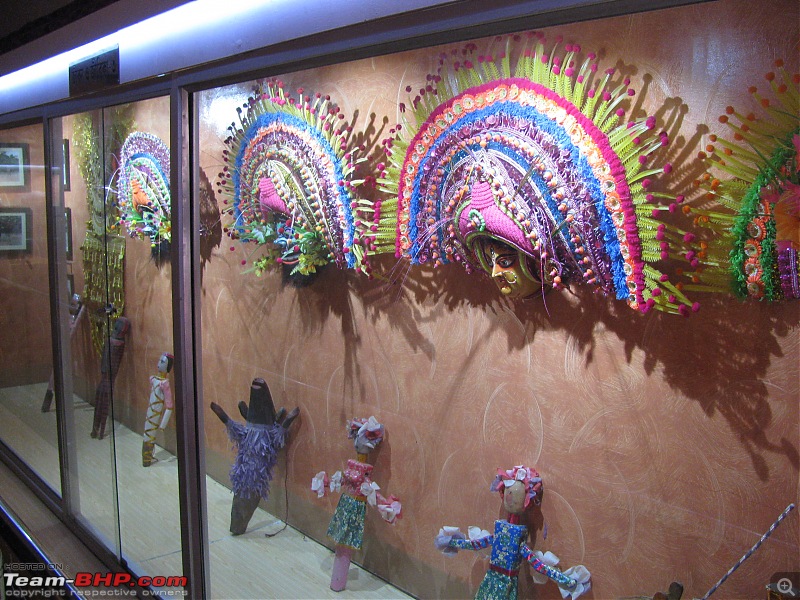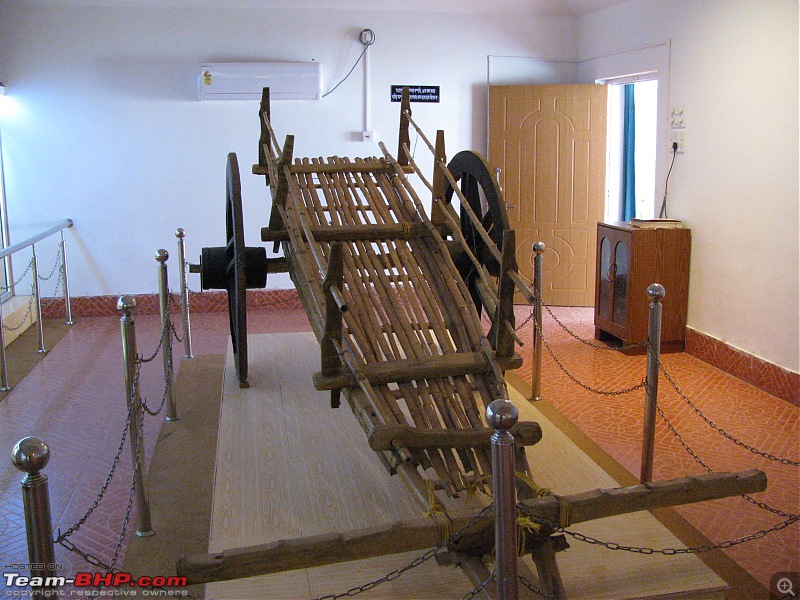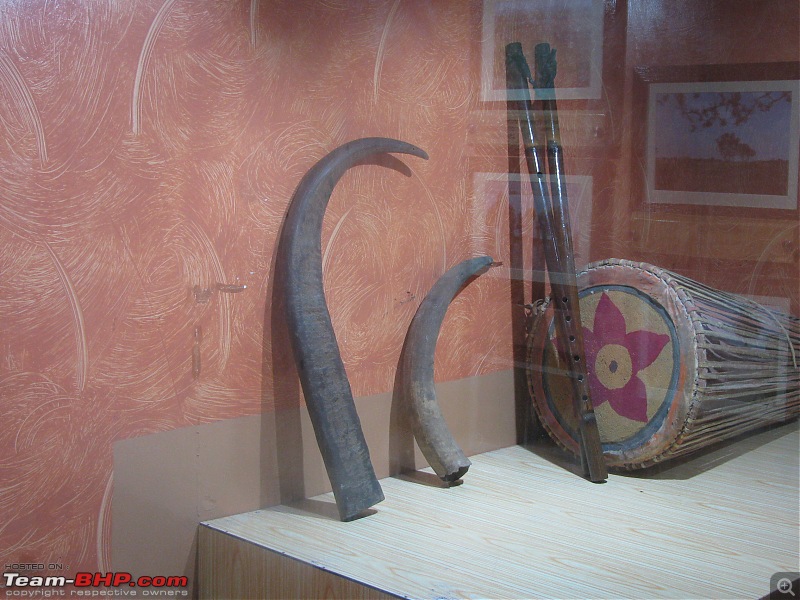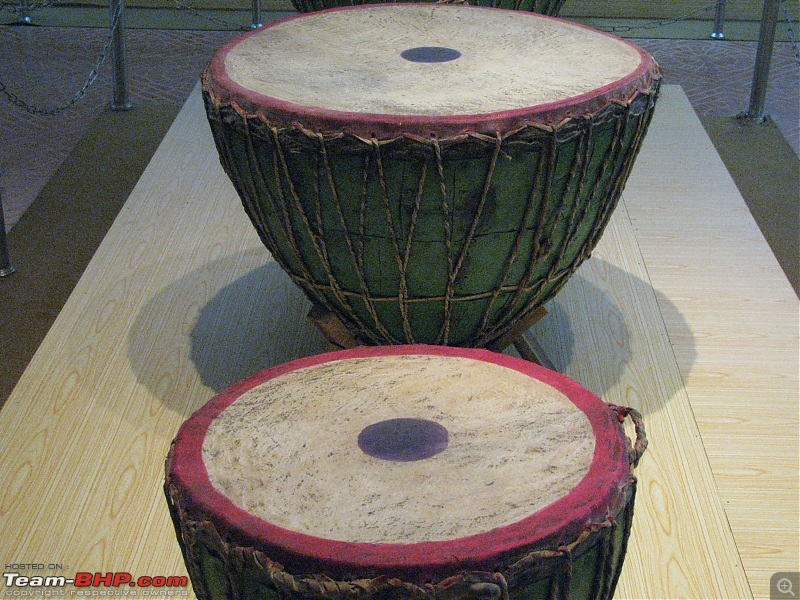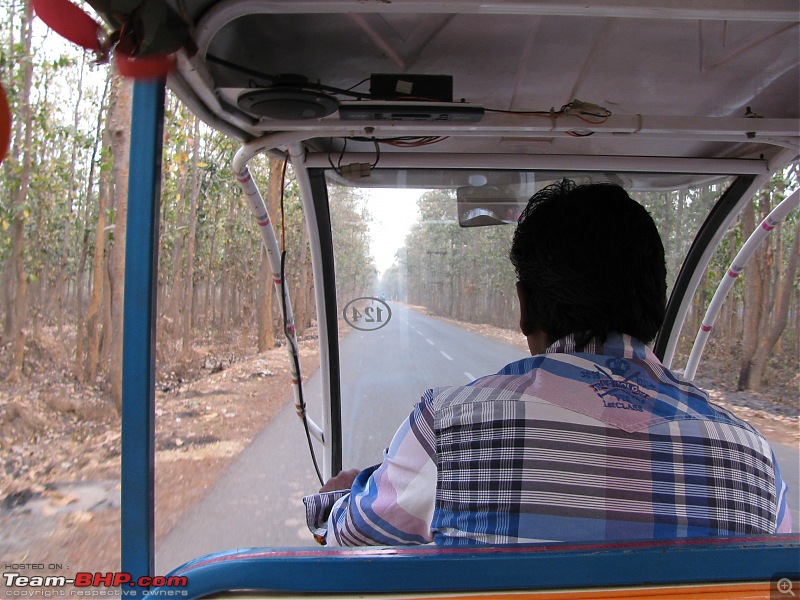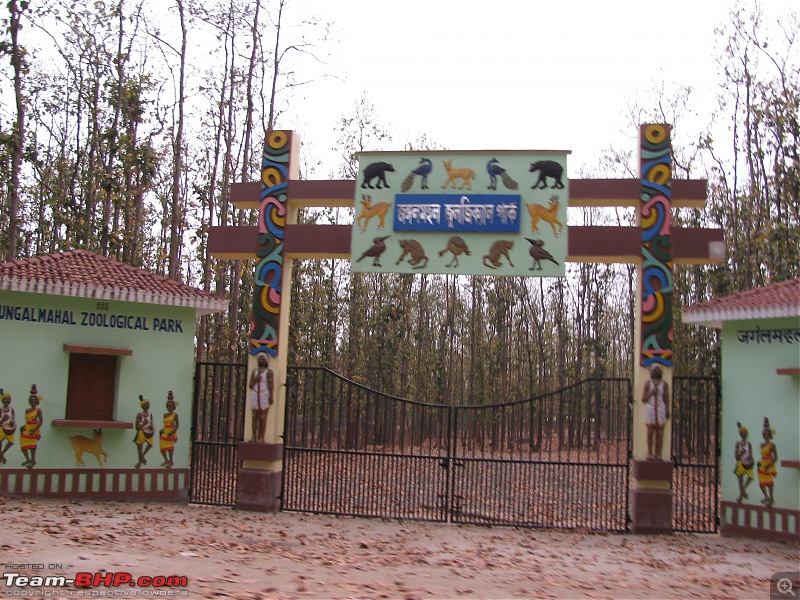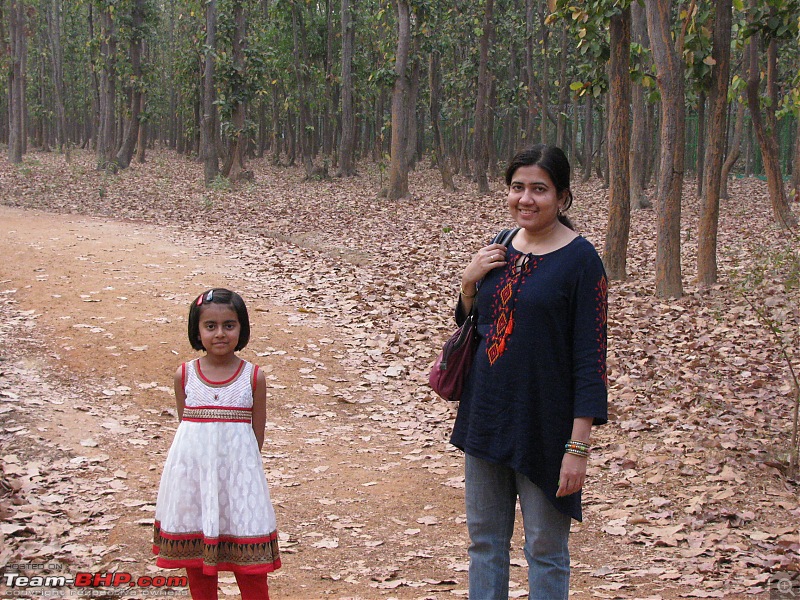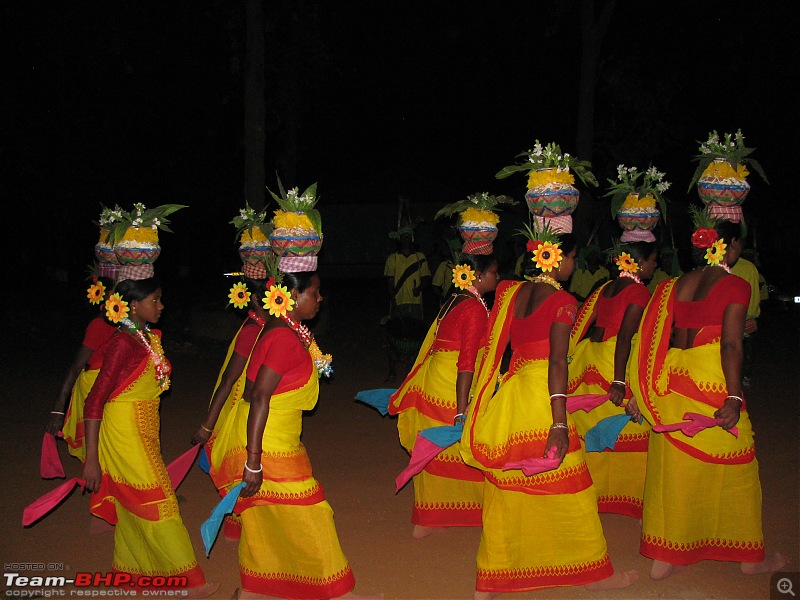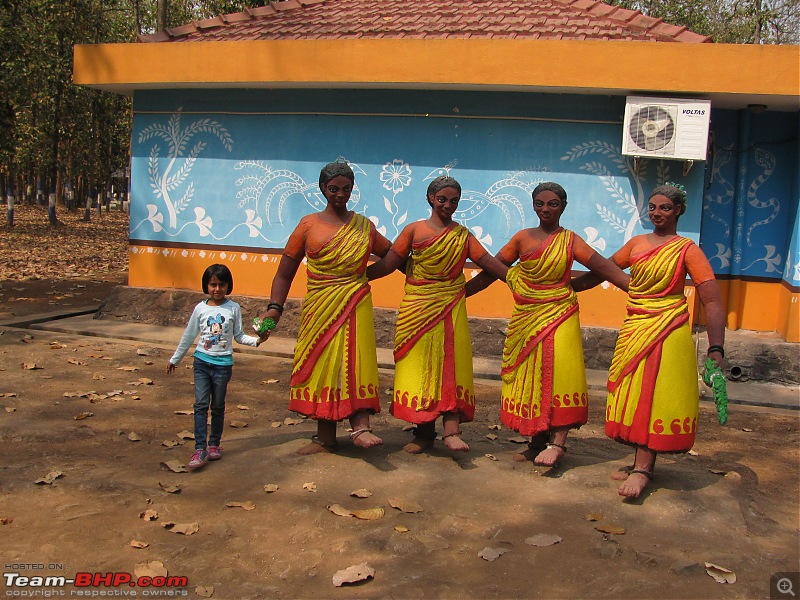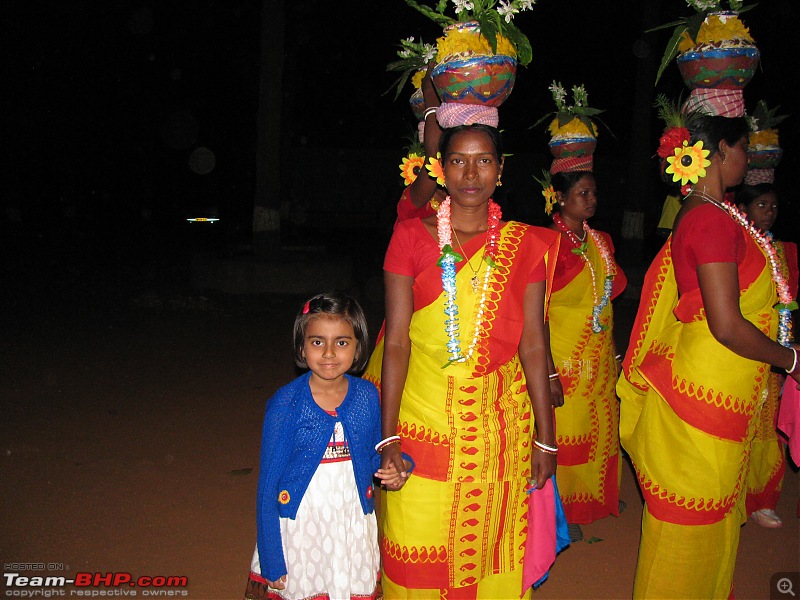Team-BHP
(
https://www.team-bhp.com/forum/)
-
Travelogues
(
https://www.team-bhp.com/forum/travelogues/)
I slowed down our car just after crossing a small bridge. A little sign board that we had just crossed was silently telling us that the distance to
Khandarani was around 2 km from there. However, there was no road in that direction except for a dirt track. It was just about noon. There was hardly any traffic through the stretch of state highway 5 (SH-5) which was passing through a dense jungle. I was in dilemma. In fact, a bit of worry was arousing in the back of my mind!
Should we take the u-turn to drive on the dirt track? I asked my better half who was sitting with our little daughter in the back seat. There was a period of silence. However, after the initial bit of hesitation we decided to take the plunge. Soon we started crawling along the dirt track after leaving the state highway behind. This moment of firmness somehow helped me to unshackle the invisible grip of fear that I was having in my mind for last few days.
After driving for a kilometer or so we reached a tribal village. There was a young lady who was doing her household chores. I asked her, "Didi Khandarani kotodur?" (Didi, how far is Khandarani?) She showed an unusual shyness for a while but quickly regained her composure. She then pointed us the direction with a smile. As soon as we left the village, I heard a scolding voice from the back seat of the car. "You seem to have lost your senses! She was much younger than you and still you called her 'Didi' (elder sister). You should have called her 'Bon-ti' (little sister)! You better know that ladies are sensitive about their ages!" I kept quiet for a while but felt relieved nevertheless. They are no different from us!
About an hour ago, when we were driving through the little town of Silda, I could vividly recall the news reports that we had seen in TV. In 2010, in this very town, a full strength camp of Eastern Frontiers Rifles was overran in broad daylight by the Maoists. At least two dozens Jawans lost their lives in the attack. Naturally, our apprehension about leaving the main road to drive deeper into the jungle using the dirt track was palpable.
A lot seems to have changed since then. A new state government has taken over in Kolkata. The
Jungle Mahal, the tribal regions of West Bengal, bordering the state of Jharkhand, are limping back to the normalcy after reeling under the Maoists insurgency. The region which was neglected for too long by the state, has seen a slew of new projects to improve the infrastructures and the livelihood of the people. The infrastructure improvements made by the new government are quite visible. So for sometime we have been thinking about visiting the region and
a recent post by Samba in
West Bengal - A treasure for tourists thread finally helped us to firm up the plan.
The Colour of Spring  The Beautiful Road
The Beautiful Road 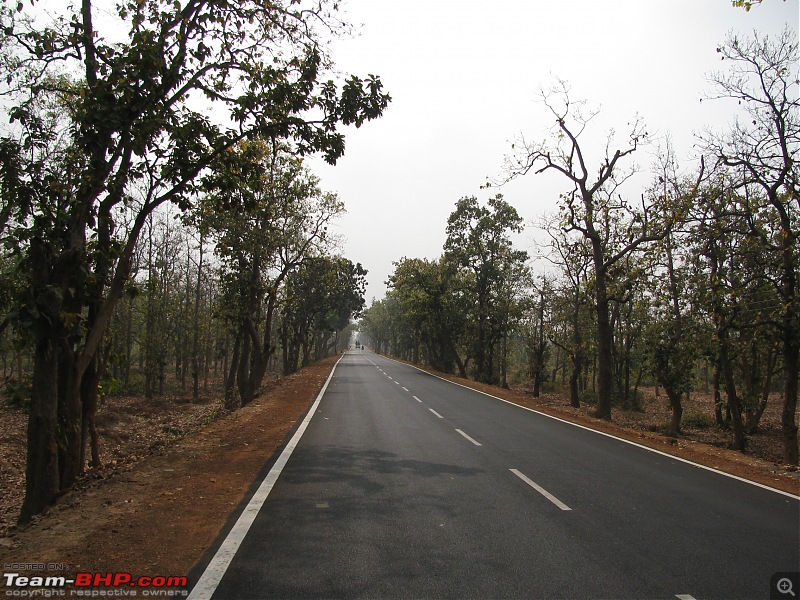 The Lake
The Lake 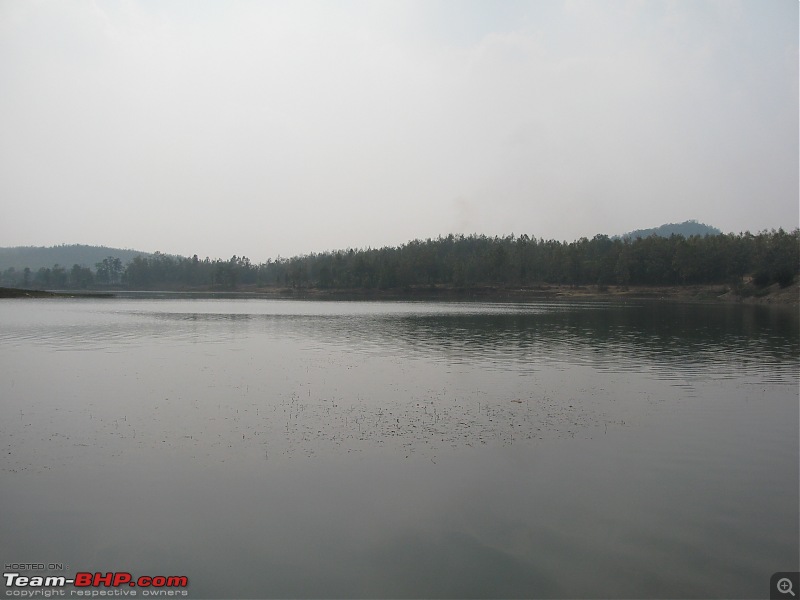 The Cottages
The Cottages 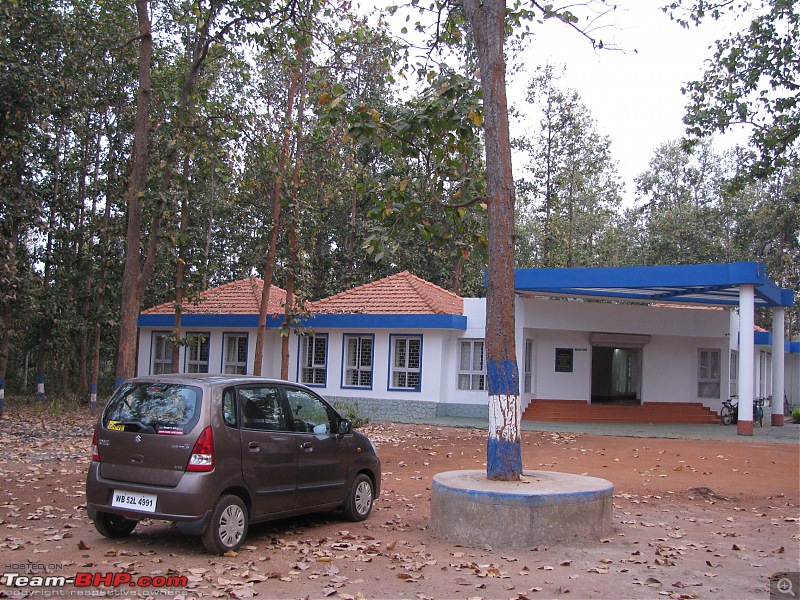 An Idle Afternoon
An Idle Afternoon 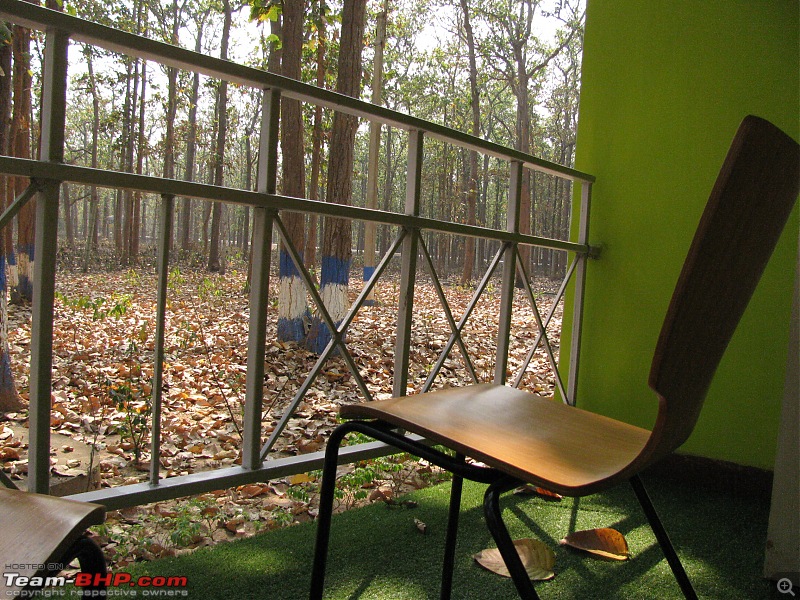 The Evening
The Evening 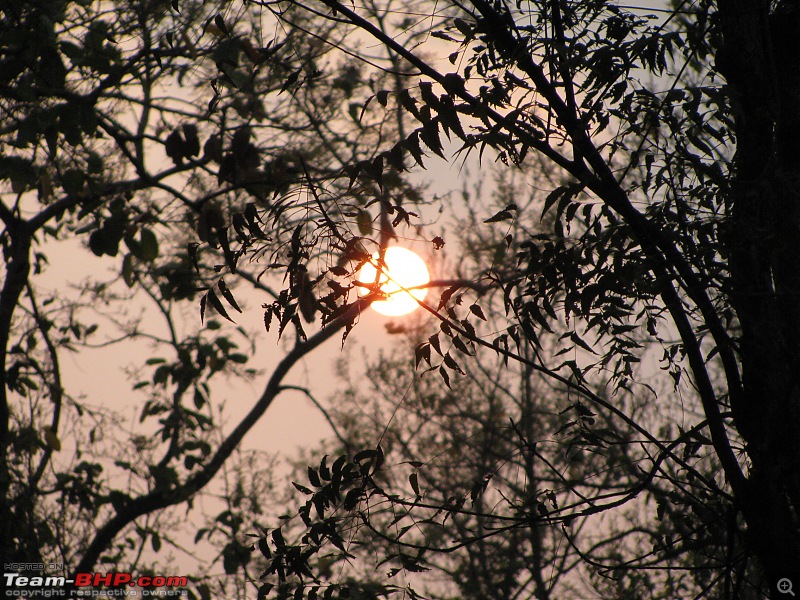 The beats of Music and Dance
The beats of Music and Dance 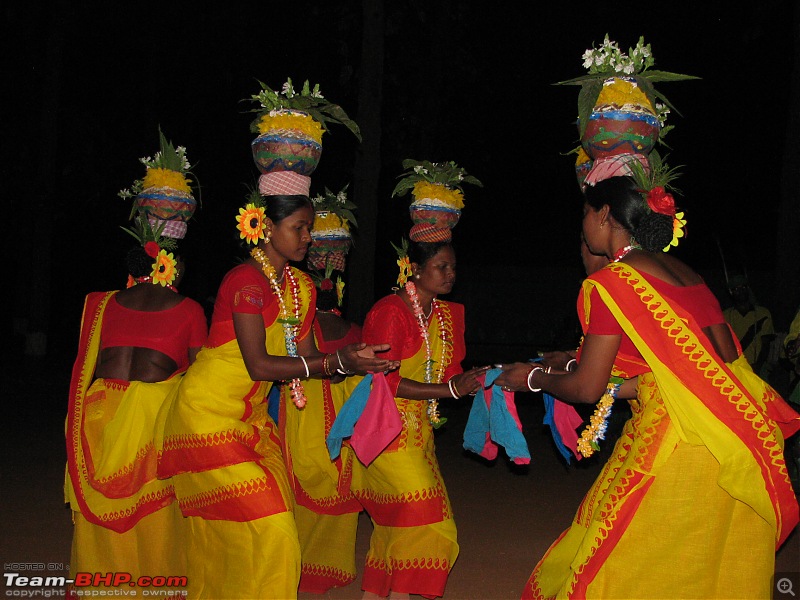 ... and the delicious food
... and the delicious food 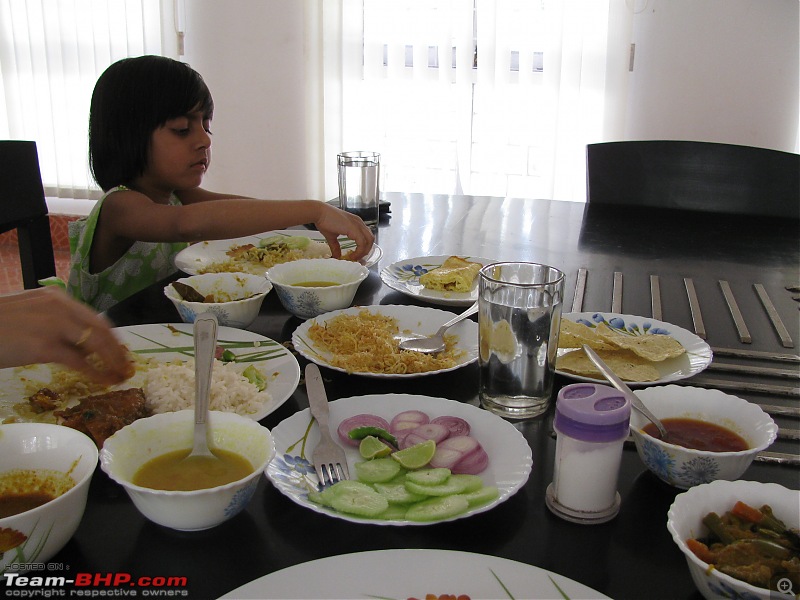
During last few months I had gone through a rather hectic working schedule. So the inner urge to take a break was growing stronger everyday. In the second week of February the urge turned into a desperation and I decided to go out in the next weekend wherever it be. One of the tour plan that I had been thinking lately, was to drive through the Jungle Mahal region. After a fair amount of online search, I booked our stay at the West Bengal Forest Development Corporation (WBFDC) Eco-Tourism resort at Jhargram. However, I could get booking for the nights of Friday and Saturday. It meant I had to take a leave on Friday and our daughter had to miss a day in the School. So be it!
Day 1 ( Kalyani - Magra - Dankuni - Kharagpur - Jhargram):
It was around 6 am on Friday when we began our drive from home. The morning turned out to be a foggy one but the visibility wasn't that bad. The shortest route to our destination would have been to drive to Kolkata along the eastern side of Hooghly river. From there one would cross the river using the Nivedita Setu for connecting to Golden Quadrilateral at Dankuni. However, given our destination was just around 220 km, I thought of trying out the new highway which was being constructed along the western side of Hooghly river. Once completed this new highway would connect NH-34, the key north-south highway of West Bengal, at Bara Jaguli to the Golden Quadrilateral at Dankuni via Kalyani and it would bypass Kolkata entirely.
A stretch of upcoming Dankuni - Kalyani Expressway 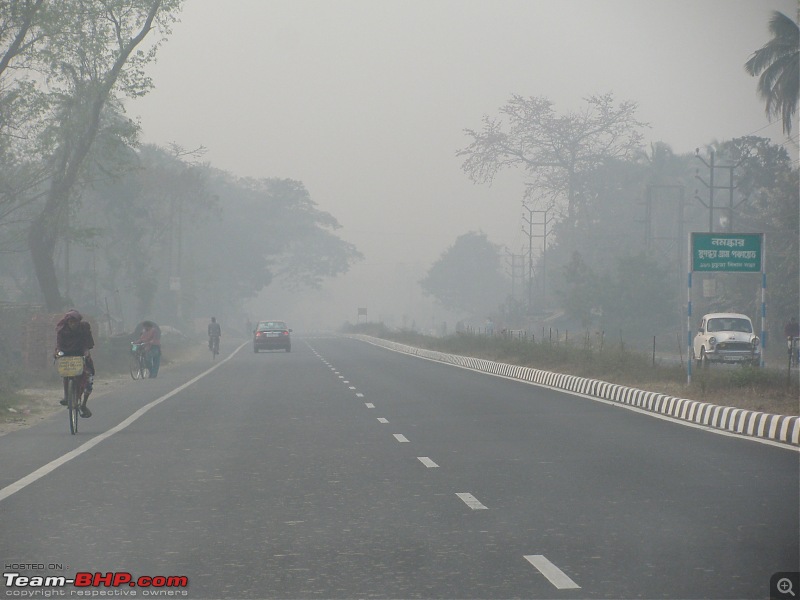 NH-6 : Kolkata - Kharagpur section of GQ
NH-6 : Kolkata - Kharagpur section of GQ 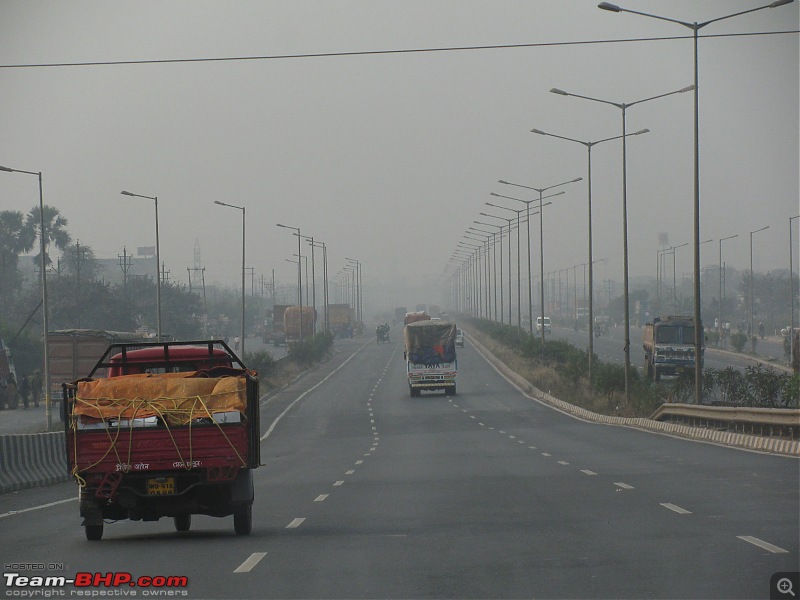
Despite the fog, our drive through this new highway went rather smoothly until Chandannagar. The road work in this stretch was almost complete and traffic was sparse. However, from there onward we got slowed down considerably as there were lots of construction diversions. We reached NH-6 at Dankuni little before 8 am. The traffic turned out to be heavy on NH-6 even in the morning hours. It took us more than 15 minutes to cross through the Dhulagarh Toll Plaza alone. We could reach Kolaghat at around 9:15 am and decided to have our breakfast there. After half an hour or so, we resumed our journey from there. After Kolaghat, the traffic started to ease up. Soon we crossed Kharagpur and exited from GQ. The six-laned NH-6 then turned into a 2-laned highway as we headed in the direction of the Jharkhand Border.
Breakfast at Kolaghat 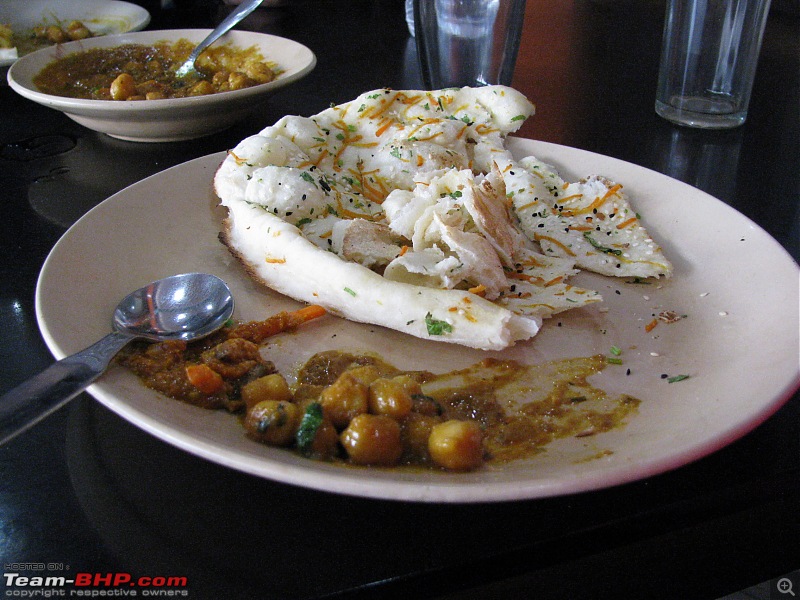 NH-6 - Heading towards Kharagpur
NH-6 - Heading towards Kharagpur 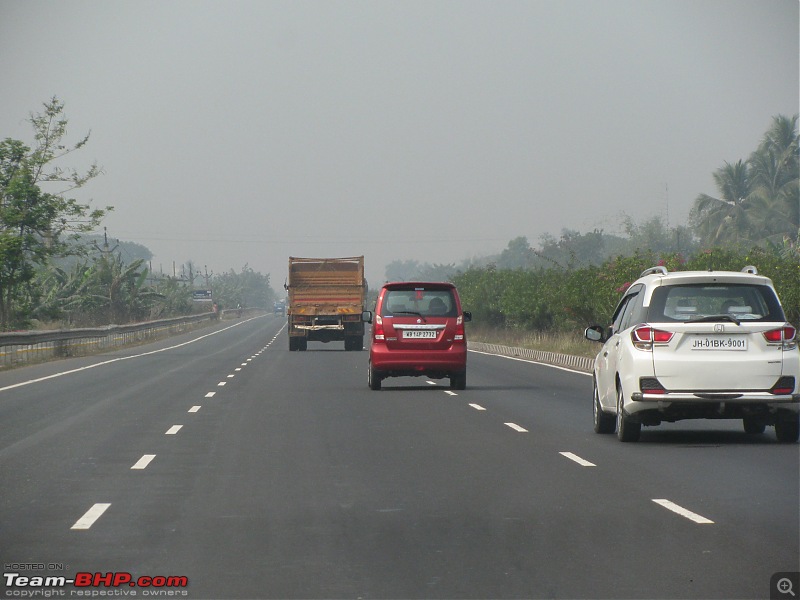 Kharagpur Industrial Zone
Kharagpur Industrial Zone  NH-6 - After Kharagpur
NH-6 - After Kharagpur 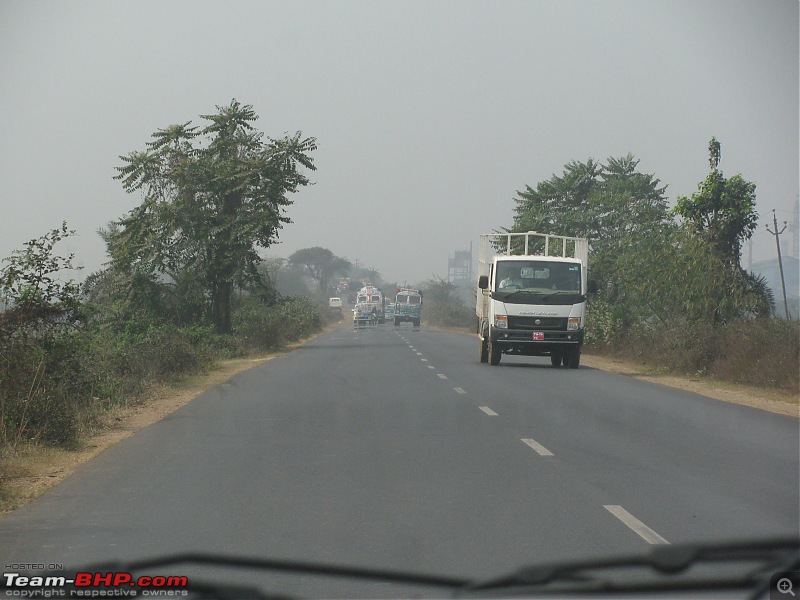 Our Estilo along NH-6
Our Estilo along NH-6 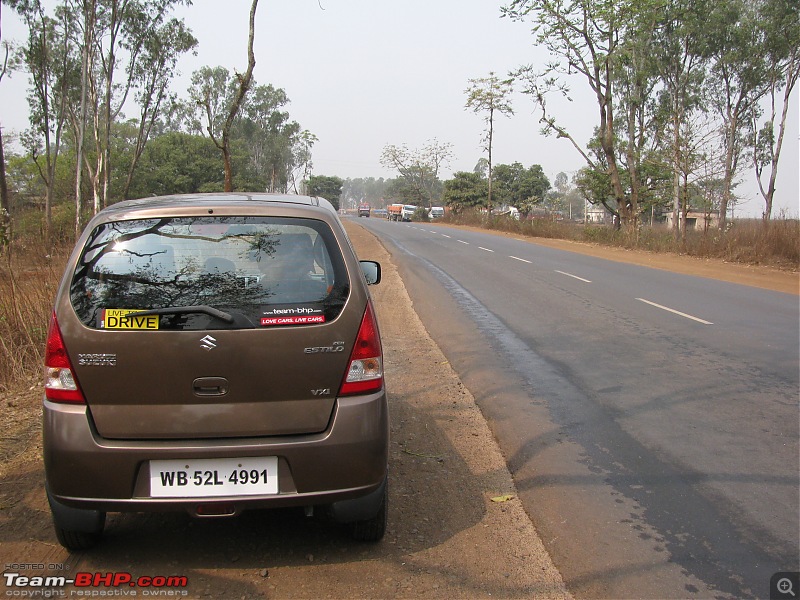
At Lodhasuli crossing we exited from NH-6 and started driving along the north bound state highway 5 (SH-5). This state highway is the key highway of the Jungle Mahal region. In the last few years, most state highways in West Bengal have seen dramatic improvements. This state highway also turned out to be in a prime shape. As we moved further north, the highway started passing through the beautiful rural landscapes. Occasional encounters with the Shimul trees with their fiery red flowers was making the drive a memorable one. Around the noon we entered the Jhargram forest range. Our destination was near the other end of the forest. We stopped several times along the road to enjoy the astounding views of the forest which was dotted by the Sal, Shimul, Palash, Mahua trees. After a while our drive through the jungle ended as we had reached the gate of the WBFDC Eco-Tourism resort at Jhargram.
State Highway 5 (SH-5) towards Jhargram  Shimul Flowers - along the SH-5
Shimul Flowers - along the SH-5 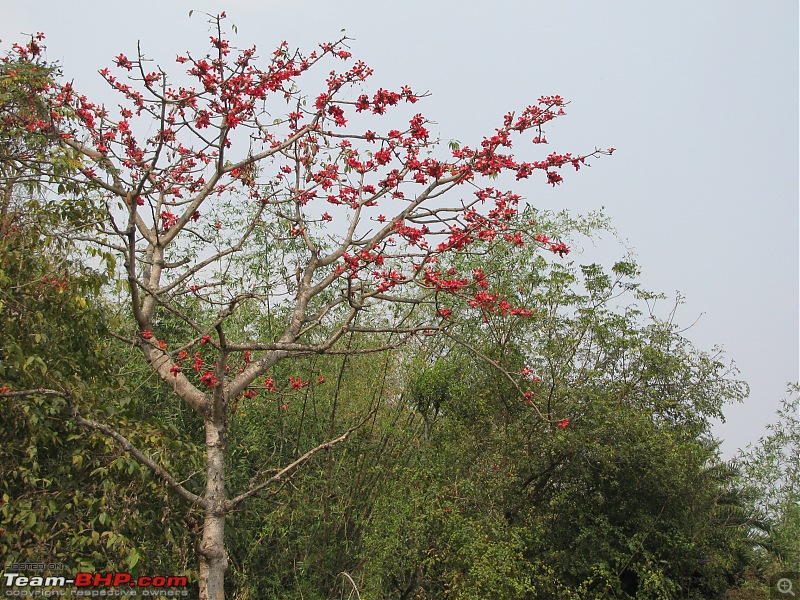
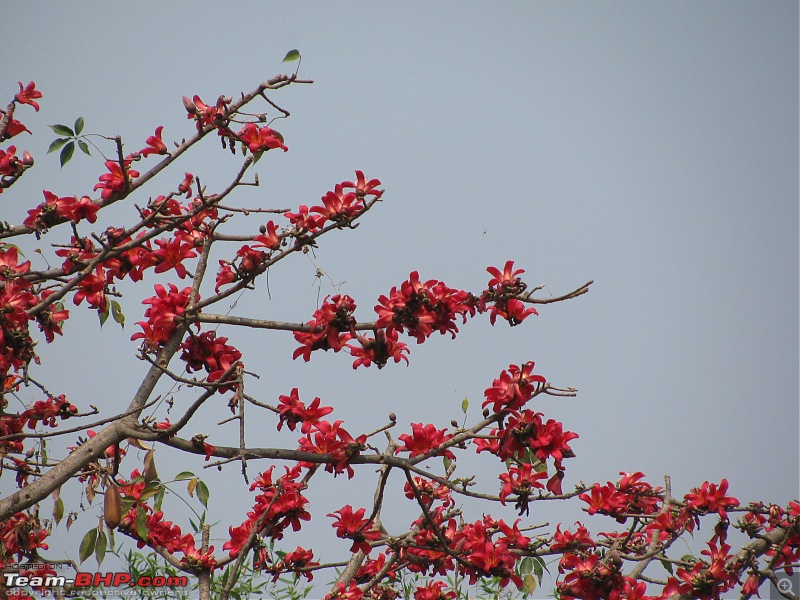 Which flowers are these?
Which flowers are these? 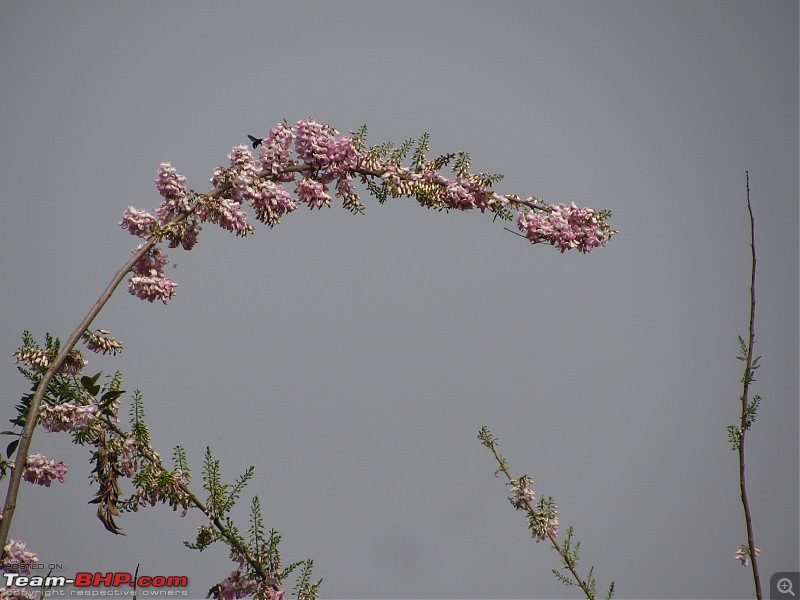 The Figs
The Figs 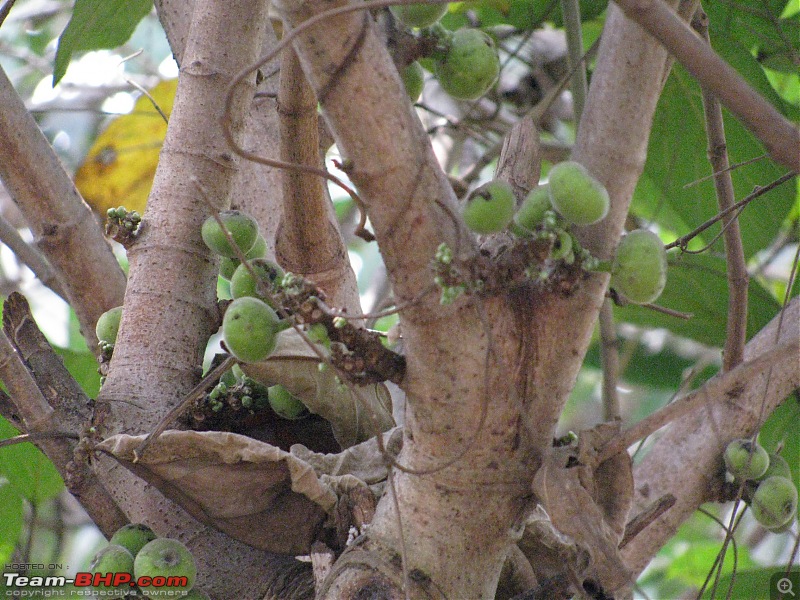 Direction to WBFDC Eco-Tourism Resort
Direction to WBFDC Eco-Tourism Resort 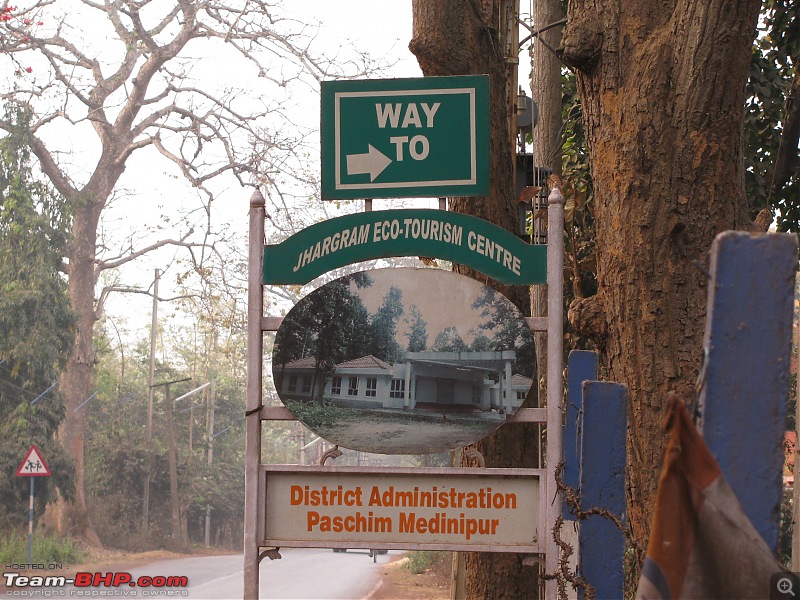
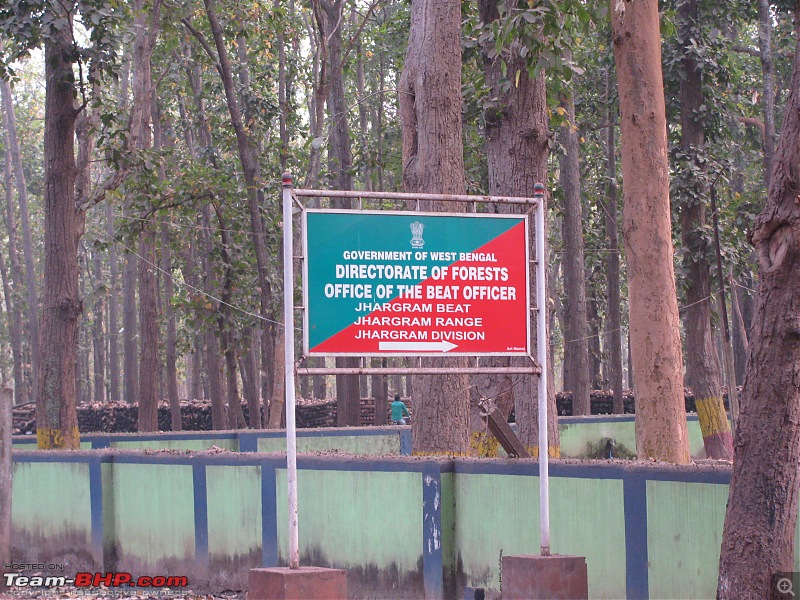 The Cottages at the WBFDC Jhargram
The Cottages at the WBFDC Jhargram 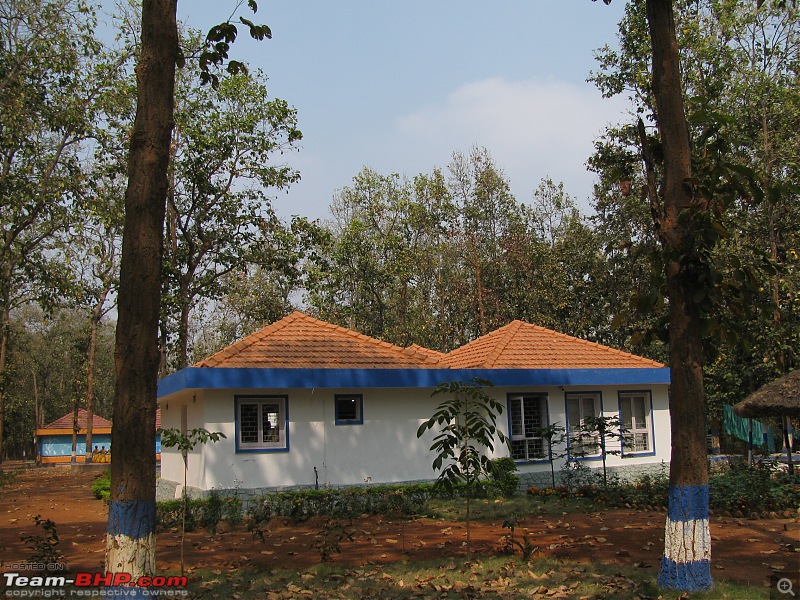
Day 3 (Jhargram - Kolaghat - Birati - Kalyani):
After a very sound sleep we woke up bit late than the usual. The morning was charming and calm. I took the camera and went out for a stroll. Occasional breeze was causing the dry leaves to fall off from the trees. The sound of falling leaves was creating an environment for which I find no words to describe.
Just around quarter past ten we began our return drive. The route and the road conditions both were known to us. However, we drove rather sedately and reached Kolaghat little after noon. As planned we took our lunch break at Kolaghat and decided to try out the relatively new food joint: Express Food Plaza. The food was great and we spent almost an hour there. From there we drove non-stop to our campus. This time we crossed the Hooghly river using Nivedita Setu and then drove through the Belghoria Expressway followed by the Barrackpore-Kalyani Expressway. The road conditions were mostly very good to excellent.
The Morning at the WBFDC Jhargram 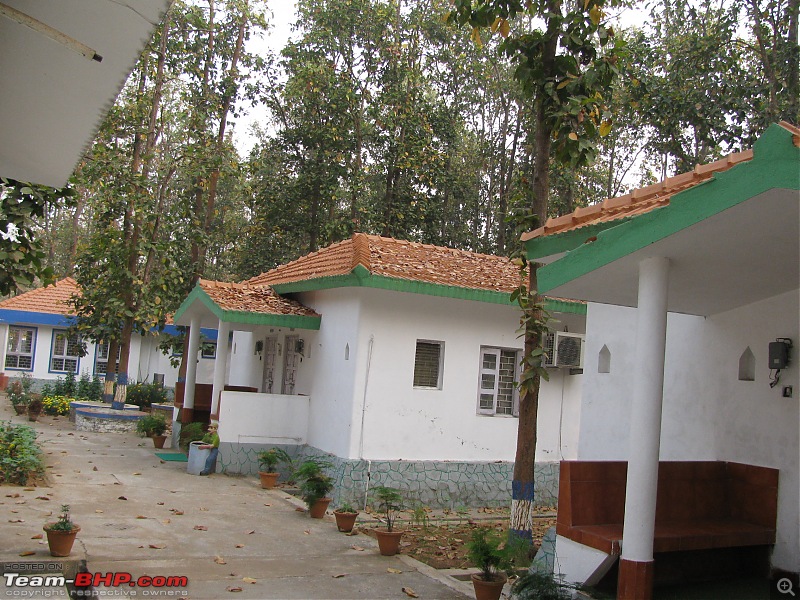 WBFDC Jhargram
WBFDC Jhargram 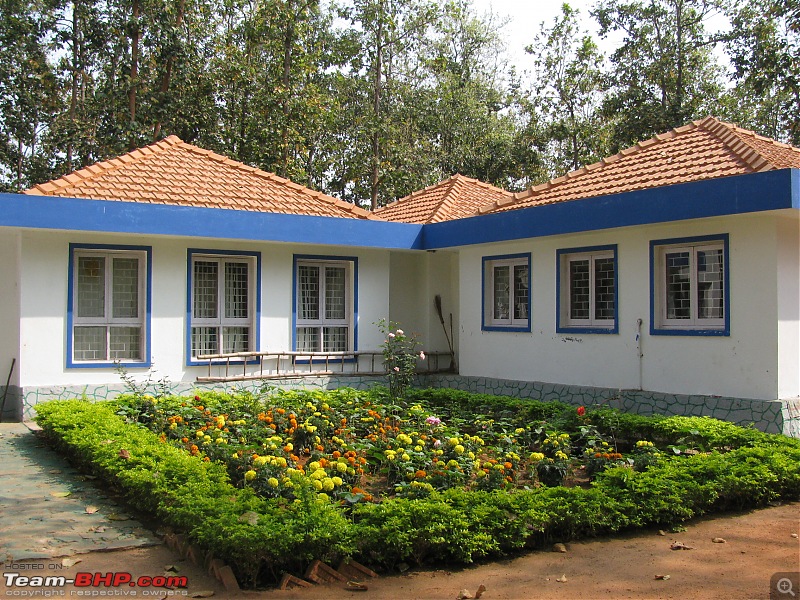 WBFDC Jhargram
WBFDC Jhargram  The Morning Sky through the Jungle
The Morning Sky through the Jungle 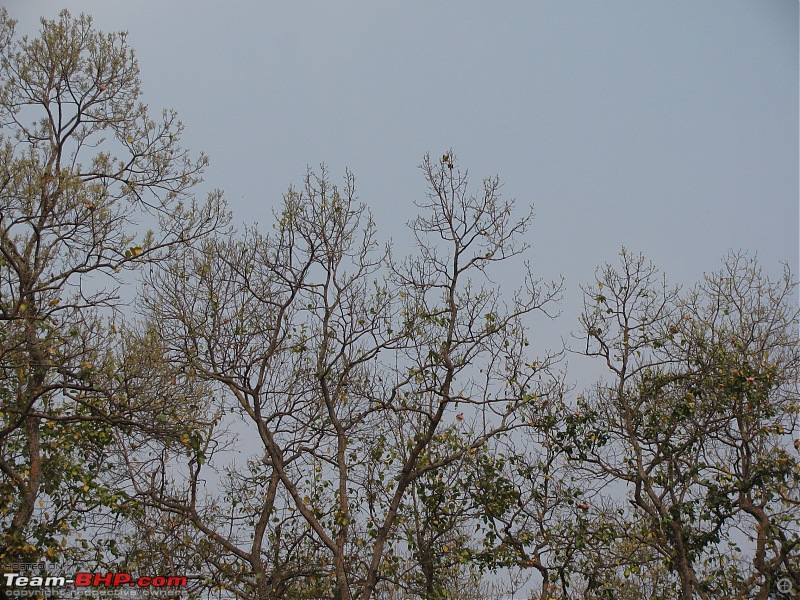 Lunch break at Kolaghat
Lunch break at Kolaghat 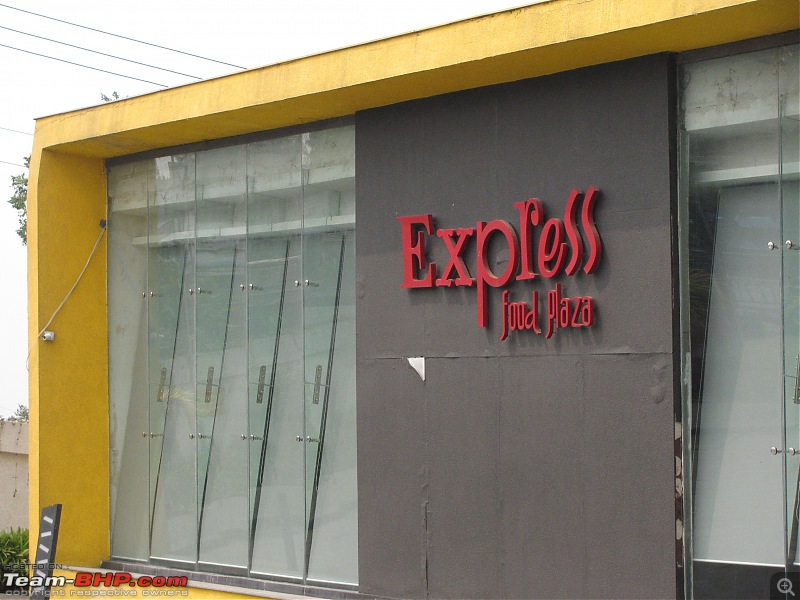 A sumptuous lunch at Kolaghat
A sumptuous lunch at Kolaghat 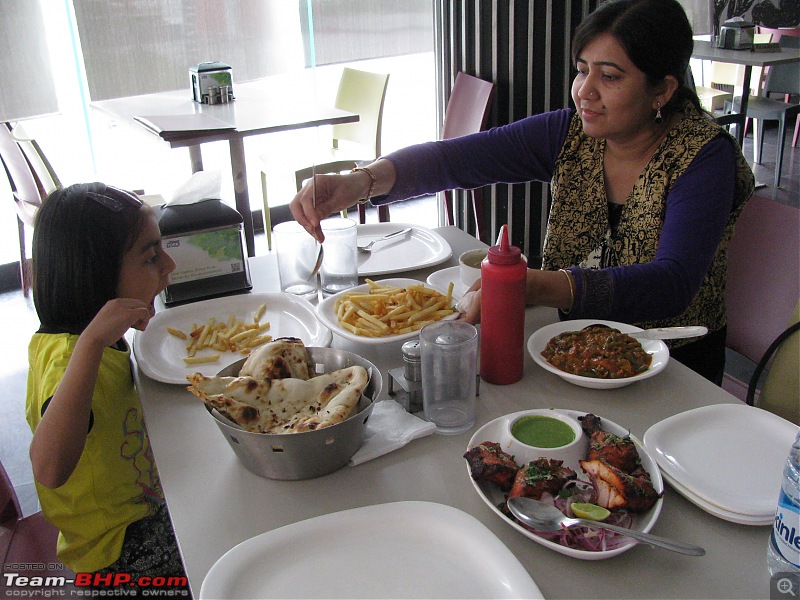 The flowers from the Red Hills -- some we carried home
The flowers from the Red Hills -- some we carried home 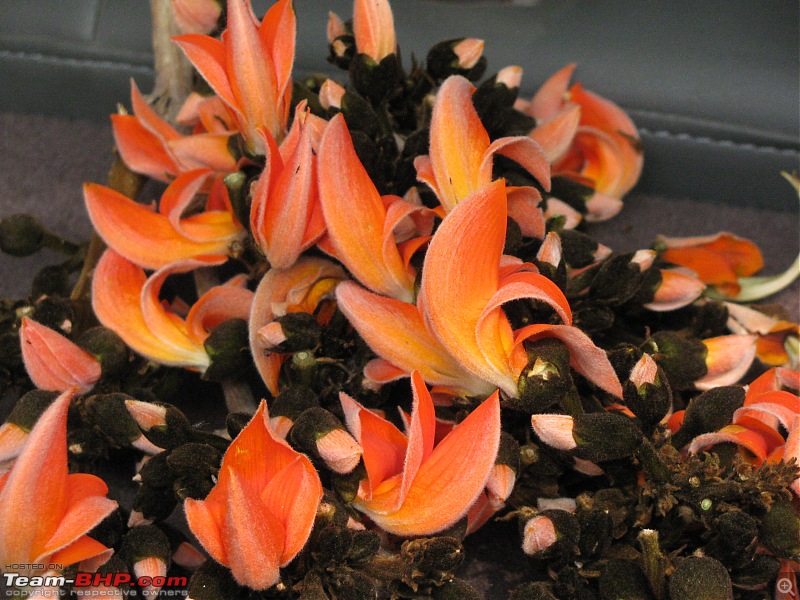 The Land of Coloured Soil -- time to say good bye from yours truly
The Land of Coloured Soil -- time to say good bye from yours truly 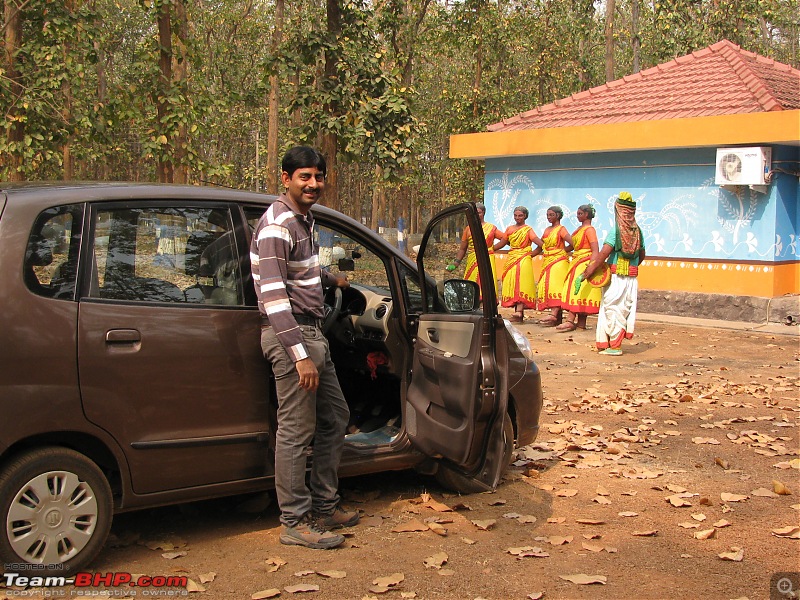
In an early part of 1972, an automobile engineer who had worked with Hindustan Motors, was travelling in a train and had got down at Sreerampore station. There he happened to see a lonely Mahua tree at the outside of the platform. The Mahua trees are usually found in the Jungle Mahal areas. The very thought of this misfit Mahua tree in an urban environment had struck him so deeply that he penned down a poem. The poem was given a voice by Subhash Chakraborty who was a singer from Beliatore, a region of Jungle Mahal. This song was recorded by V Balsara in 1976 on a 45 RPM (revolutions per minute) disc under Enrico label. Although many of us may not remember this bohemian engineer turned poet, Arun Chakraborty, but the song he wrote continues to reverberate the musical air of Bengal even today.
The poet wrote [1]:
Tui Lal Paharir deshe ja, Ranga Matir deshe ja.
Hethake toke manaichhe nai re, Ikkebare manaicche nai re
...
Go to your country of red hills, your country of coloured soil,
Here, where you are, doesn’t suit you; it just doesn’t suit you at all.
The poet later explained that the Mahua tree is actually a symbol for all of us who often find ourselves to be a rather misfit in the very surrounding where we happened to live. If the rhythm of the song reverberates within the traveler soul of you, then the country of red hills, the country of coloured soil, the Jungle Mahal, is waiting for you!
[1]
http://www.openthemagazine.com/artic...aphy-of-a-song
Quote:
Originally Posted by gmhossain
(Post 4153626)
Day 3 (Jhargram - Kolaghat - Birati - Kalyani)
Tui Lal Paharir deshe ja, Ranga Matir deshe ja.
Hethake toke manaichhe nai re, Ikkebare manaicche nai re [/i][/b]
...
Go to your country of red hills, your country of coloured soil,
Here, where you are, doesn’t suit you; it just doesn’t suit you at all.[/i][/b]
|
Awesome piece of info Golam saab. Never knew this. Thanks for enlightening.
Great travelogue gmhossain with loads of information and pictures. West Bengal roads have drastically improved under the current government, but advertising of these places is still lacking. Hopefully people will visit these places more often after going through the travelogues posted on team-bhp, thanks to guys like Samba and you and lot of others.
Great travelogue...reminds of 'Aranyer Din Ratri'
Brilliant write-up Hossain da! Found it very refreshing and informative. The ambiance of the WBFDC facility looks inviting for a quaint weekend getaway.
Beautifully penned travelogue and wonderful photographs to match.
Thanks for sharing with us.
Regards,
Siddhartha
Quote:
Originally Posted by gmhossain
(Post 4151037)
As soon as we left the village, I heard a scolding voice from the back seat of the car. "You seem to have lost your senses! She was much younger than you and still you called her 'Didi' (elder sister). You should have called her 'Bon-ti' (little sister)! You better know that ladies are sensitive about their ages!"
|
I was laughing, sitting at my work-desk, as I read this. Very very true. Doesn't matter if the lady is city-bred or jungle-bred, we have to be very careful on this. Better to quote on the lower end :D
Quote:
Originally Posted by gmhossain
(Post 4153626)
In an early part of 1972, an automobile engineer who had worked with Hindustan Motors, was travelling in a train and had got down at Sreerampore station......The poem was given a voice by Subhash Chakraborty who was a singer from Beliatore, a region of Jungle Mahal. This song was recorded by V Balsara in 1976 on a 45 RPM (revolutions per minute) disc under Enrico label. Although many of us may not remember this bohemian engineer turned poet, Arun Chakraborty, but the song he wrote continues to reverberate the musical air of Bengal even today.
The poet wrote [1]:
Tui Lal Paharir deshe ja, Ranga Matir deshe ja.
Hethake toke manaichhe nai re, Ikkebare manaicche nai re
...
Go to your country of red hills, your country of coloured soil,
Here, where you are, doesn’t suit you; it just doesn’t suit you at all.
|
Thanks for the history lesson. Much appreciated. This is one of my favorite folk songs of Bengal. If I close my eyes and hear this song, I feel as if I am standing in middle of this Red Land!
| All times are GMT +5.5. The time now is 07:02. | |

























